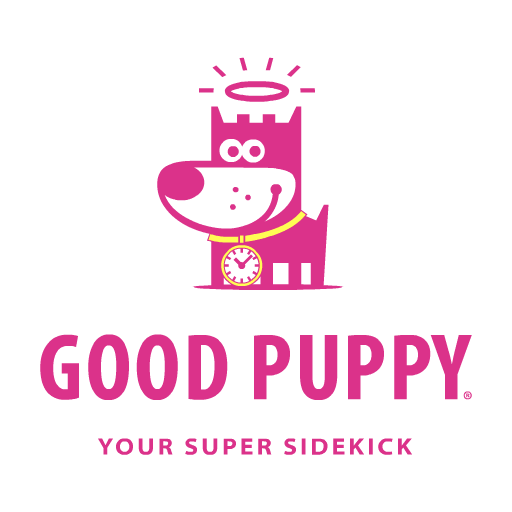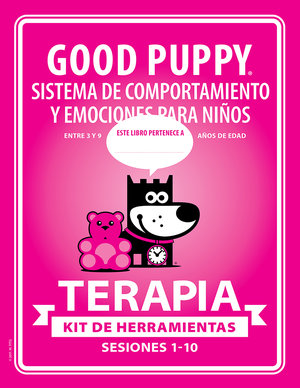CHILD COGNITIVE BEHAVIORAL SYSTEM
---
Kit De Herramientas Para Terapia
The Spanish Implementation Kit
TERAPIA KIT DE HERRAMIENTAS
GOOD PUPPY Child Cognitive Behavioral System
Therapists' Toolkit
For Children Ages 3 to 9
SOFTCOVER
300 pages
Language: English
Product Dimensions: 8 x 11 inches
Publisher: GOOD PUPPY
Edition: 1st Edition . May 7, 2018
ISBN-13: 978-1-940692-42-5
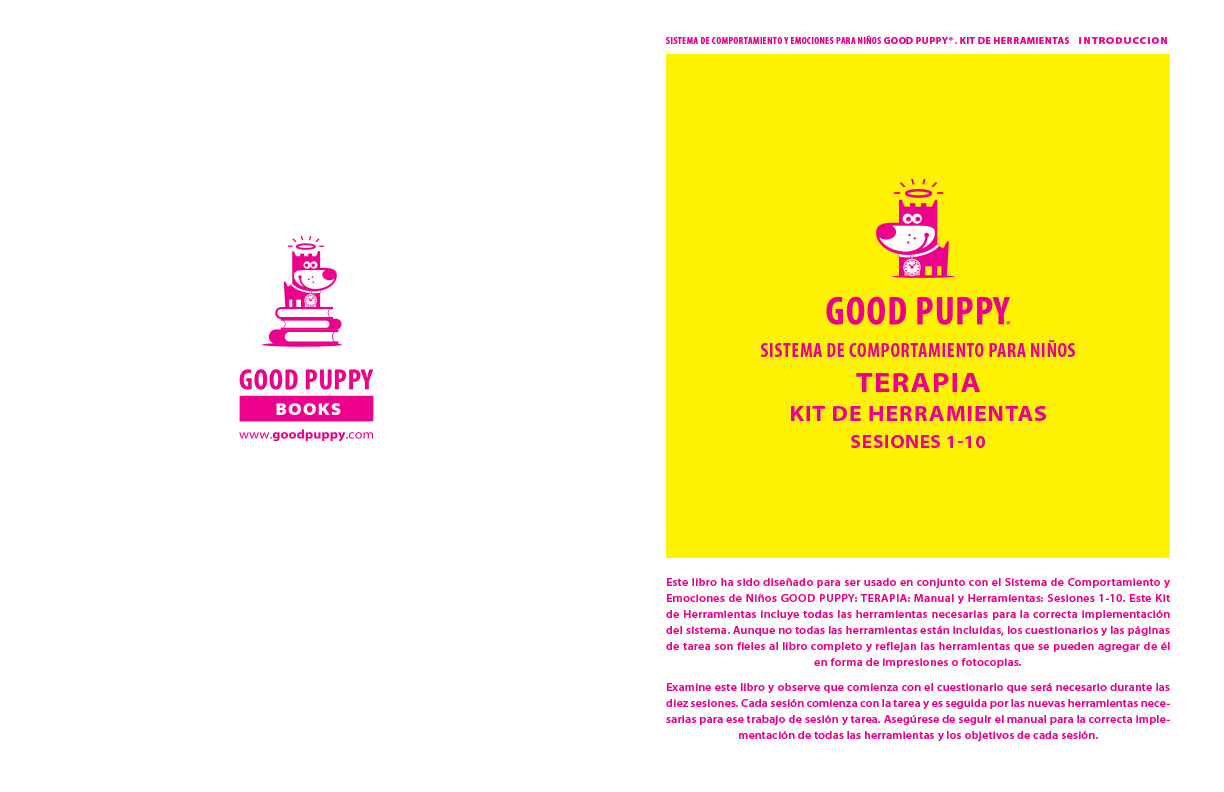
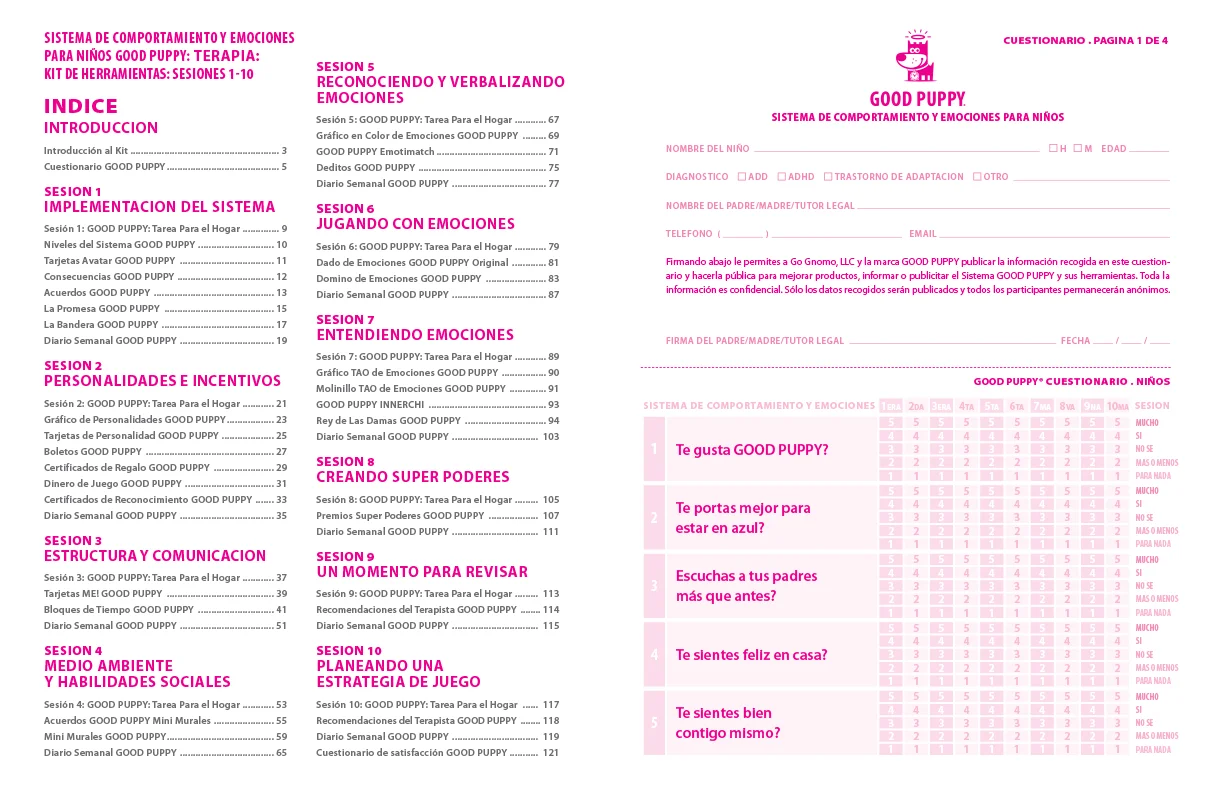
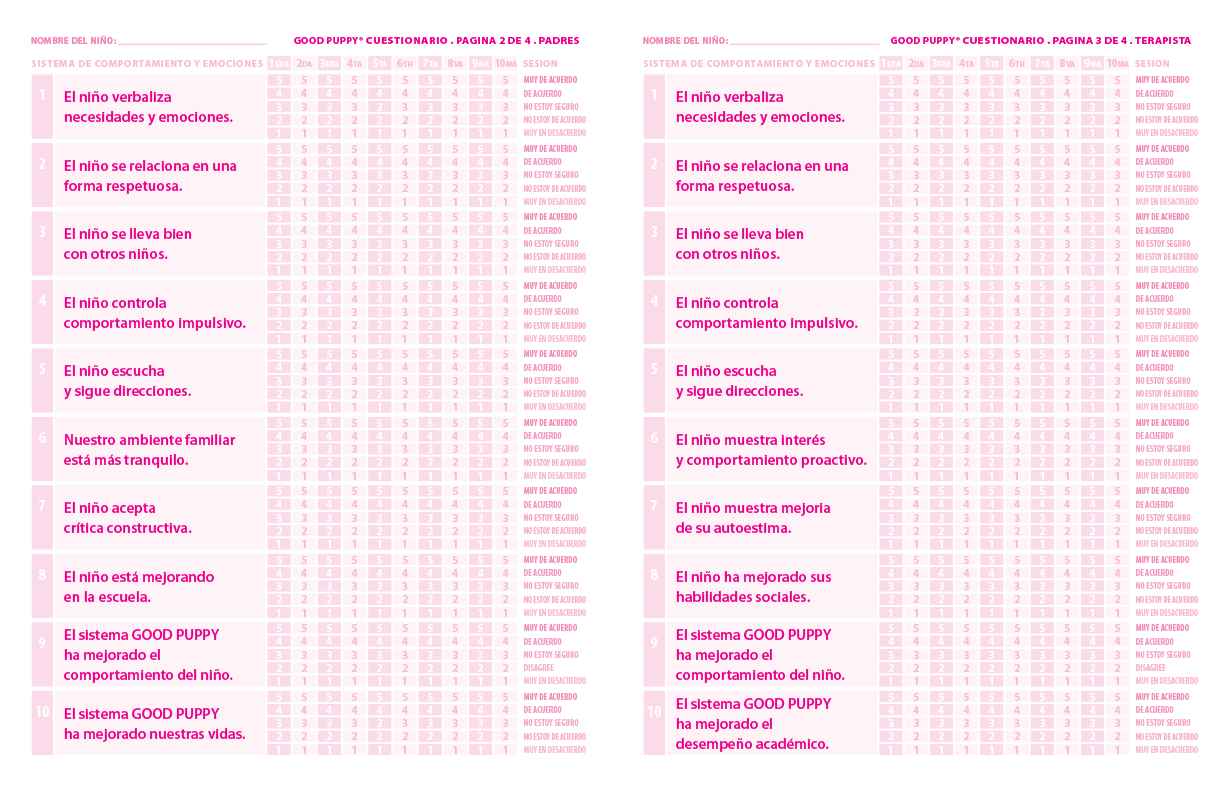
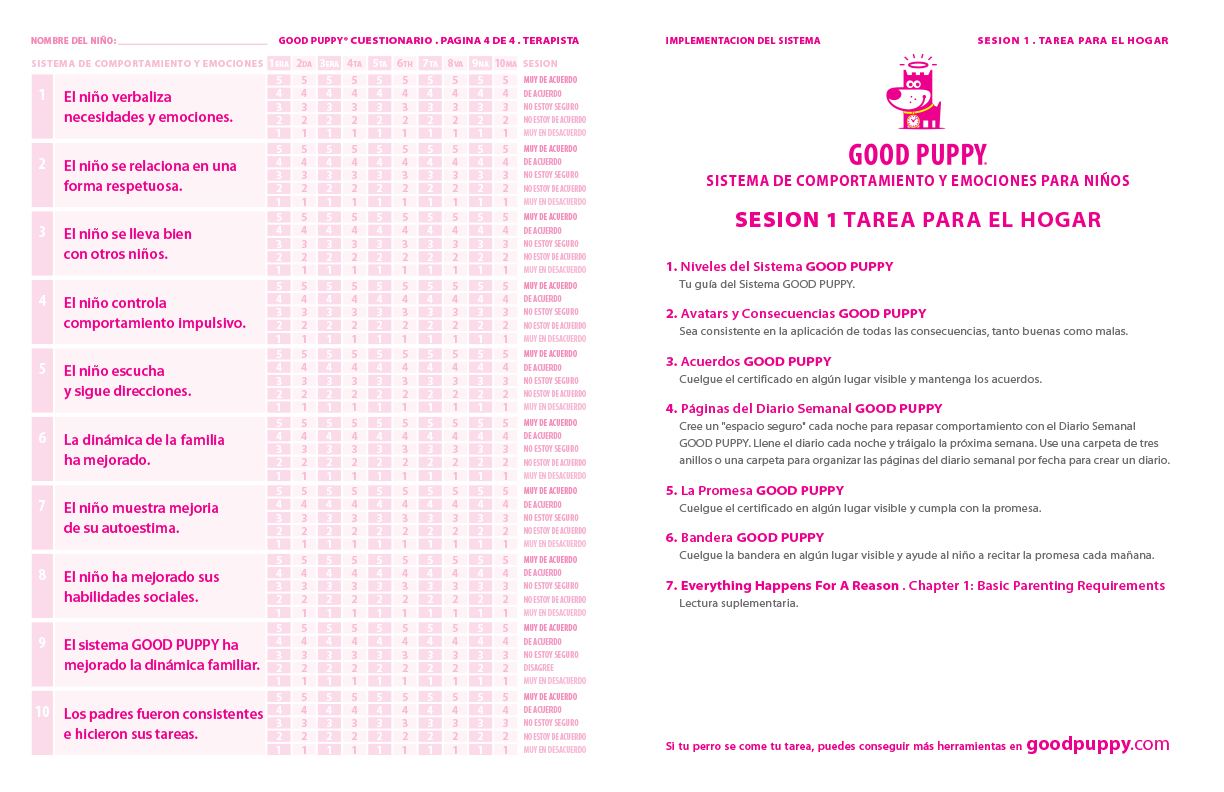

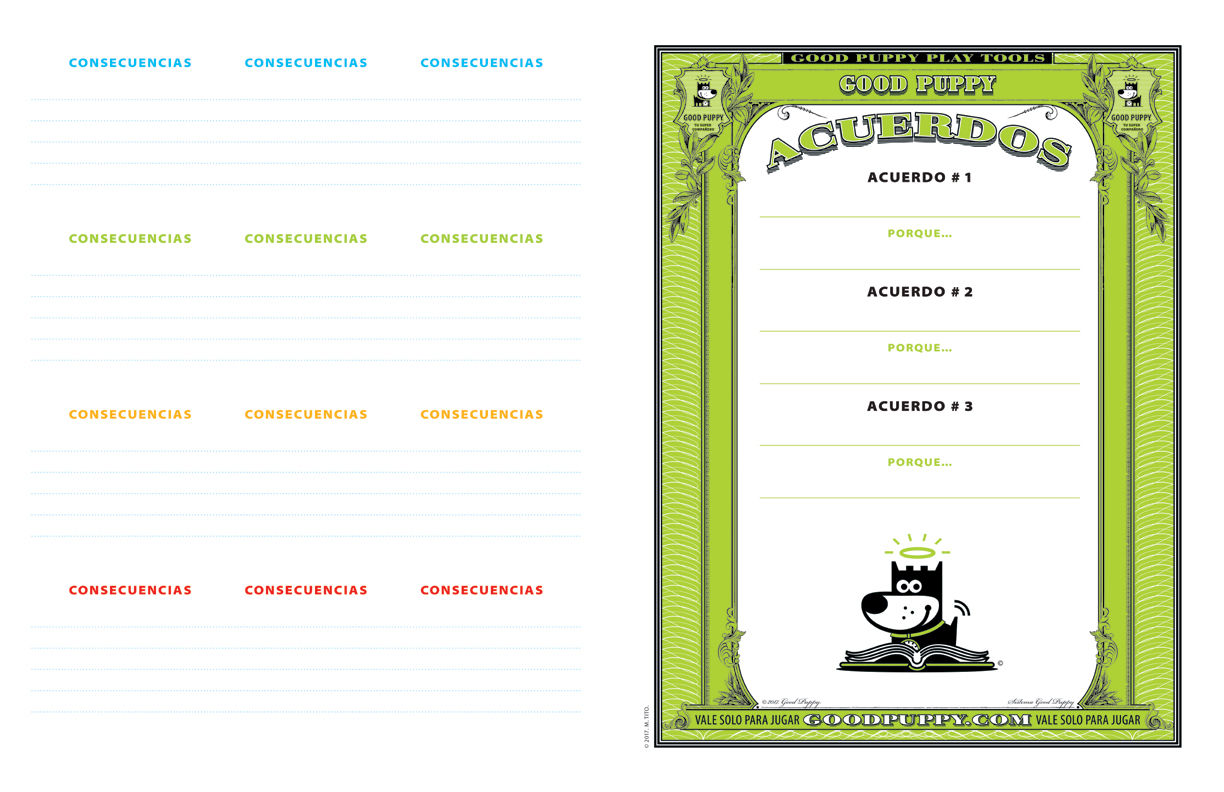
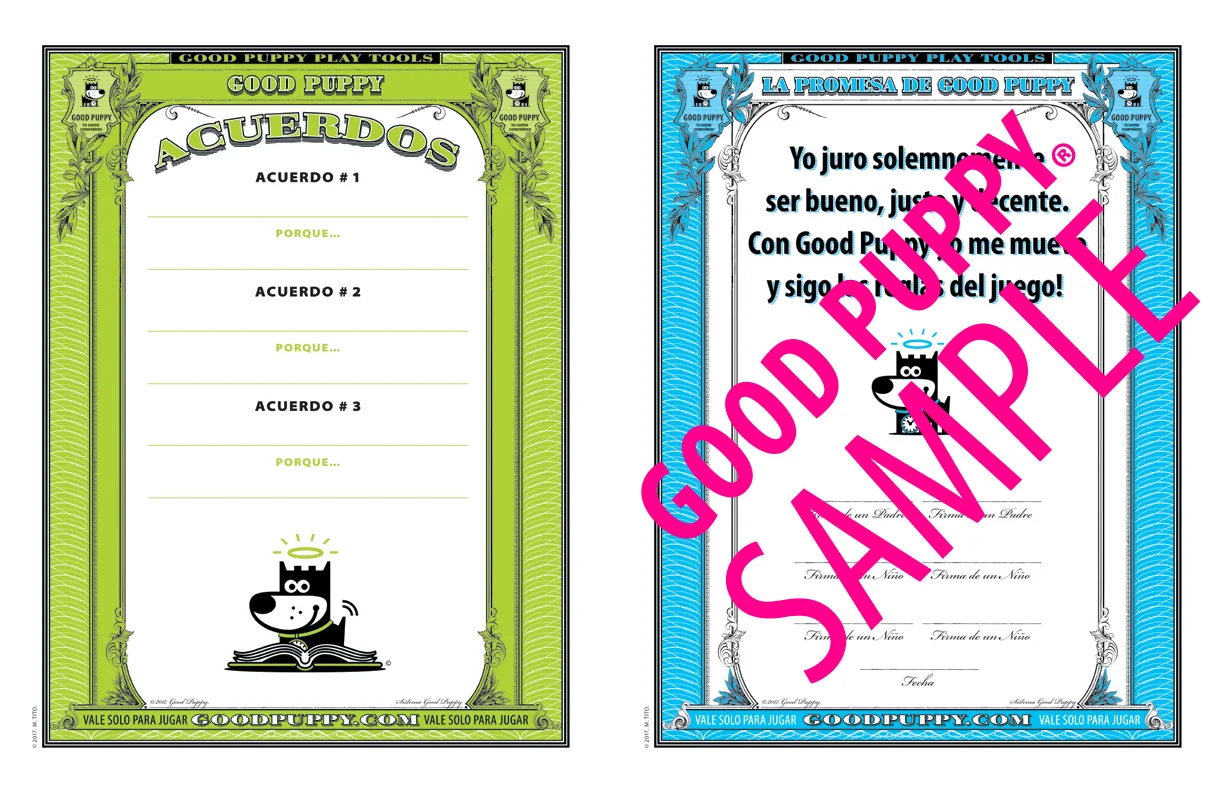
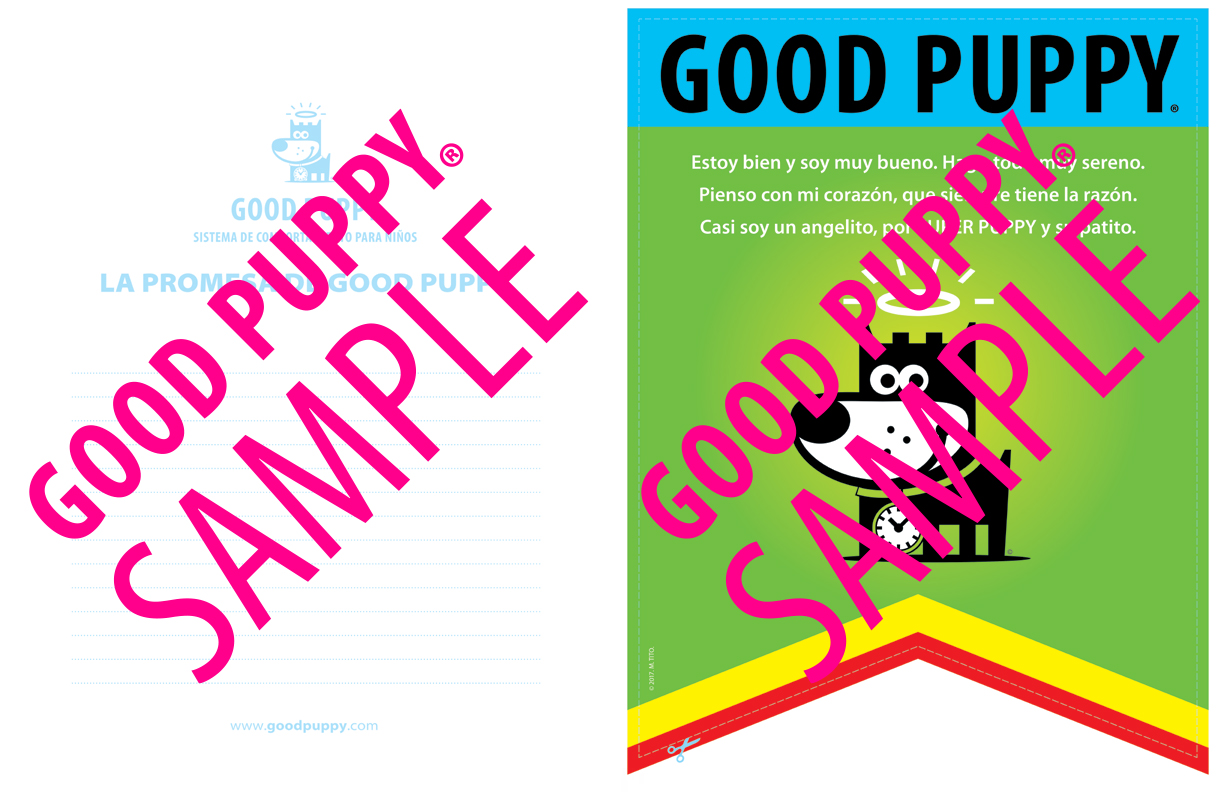
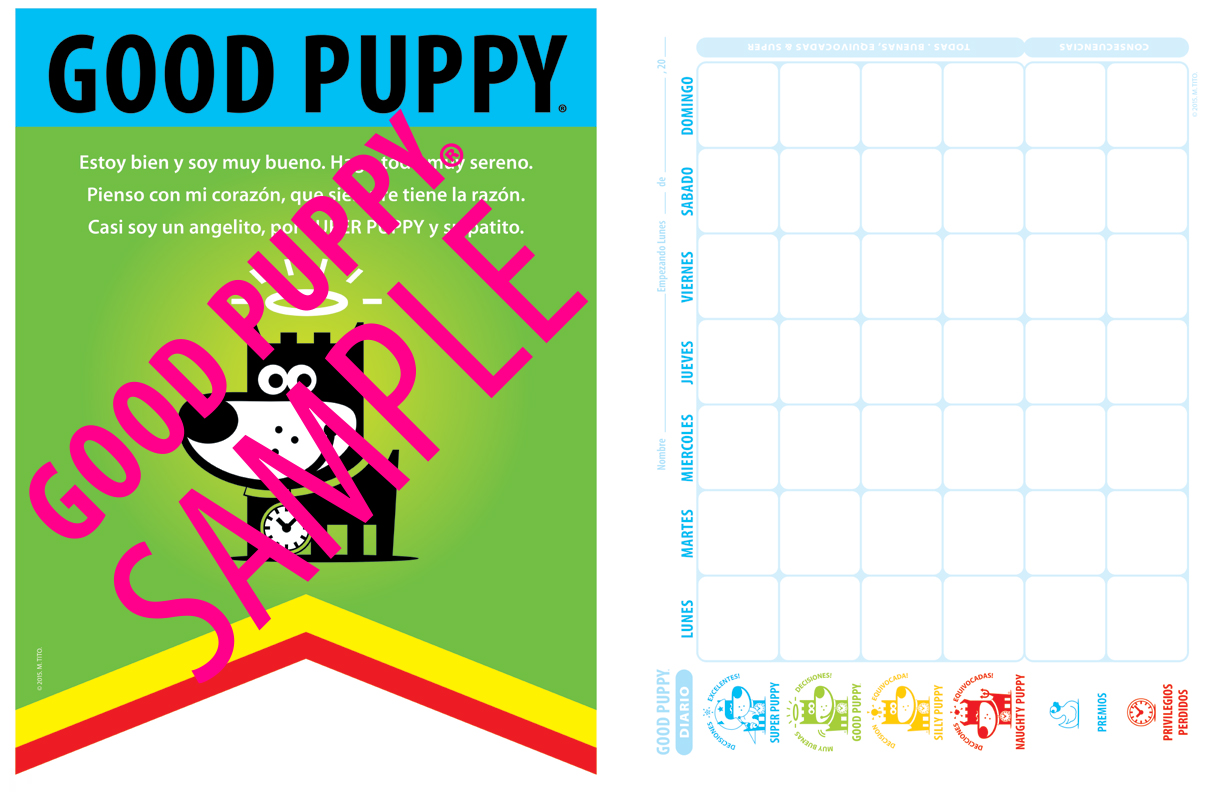
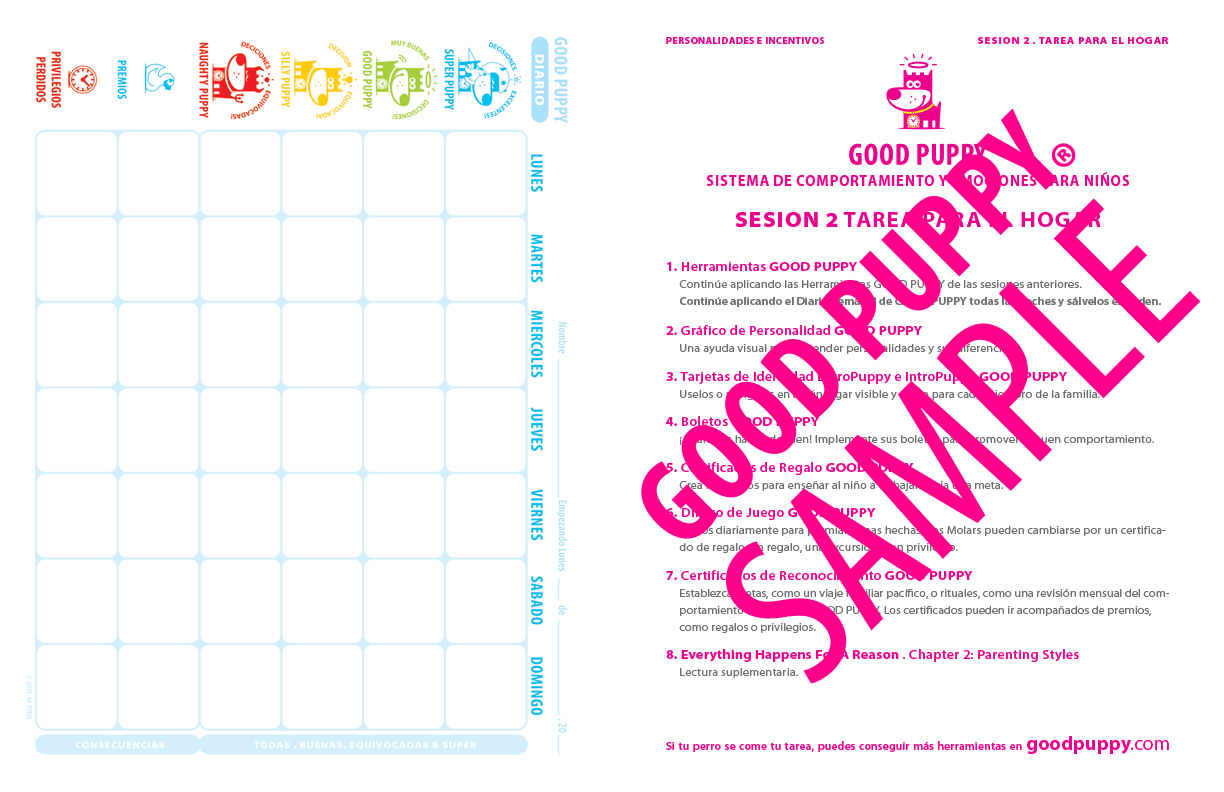
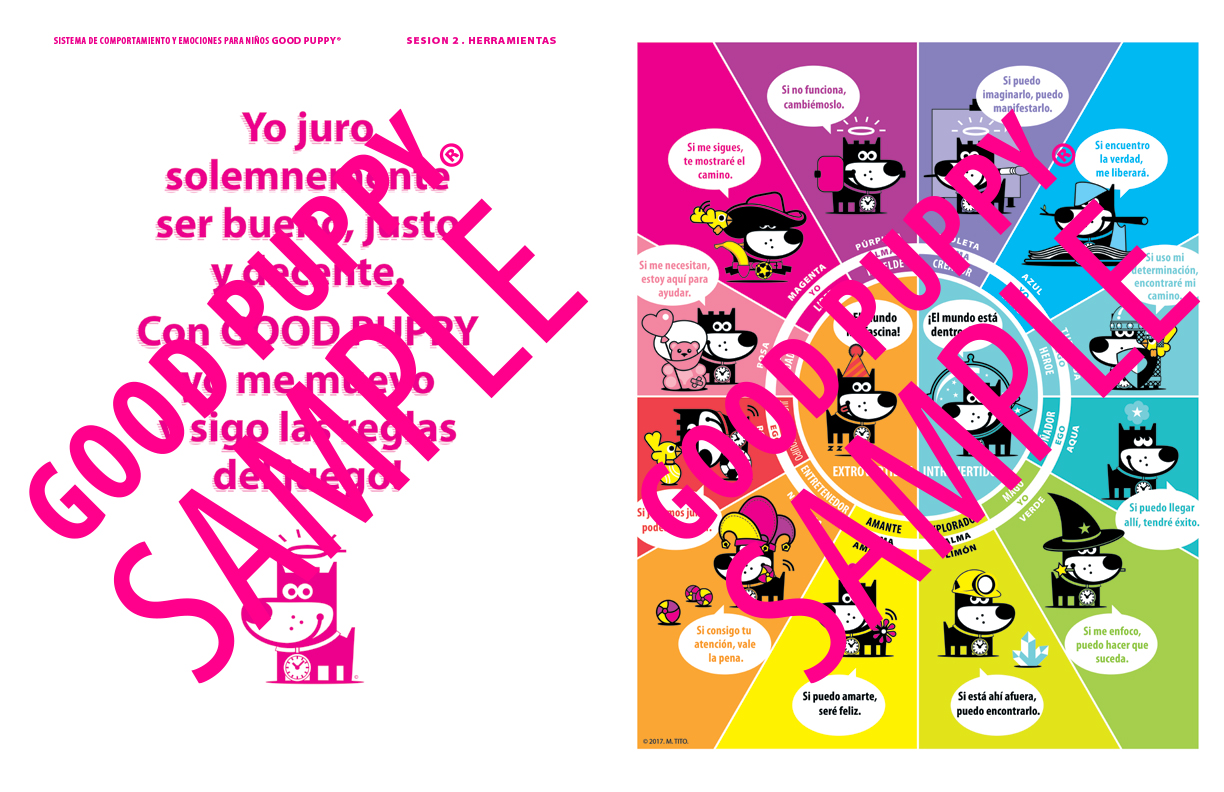

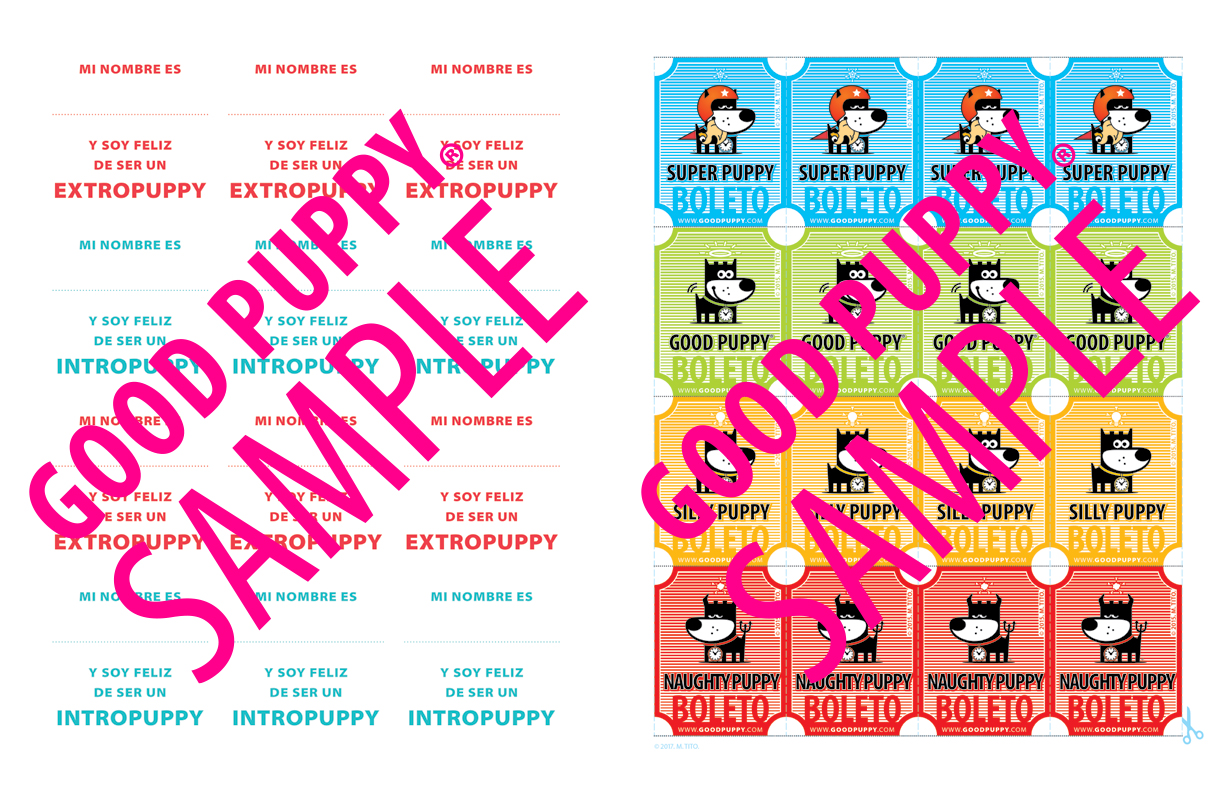
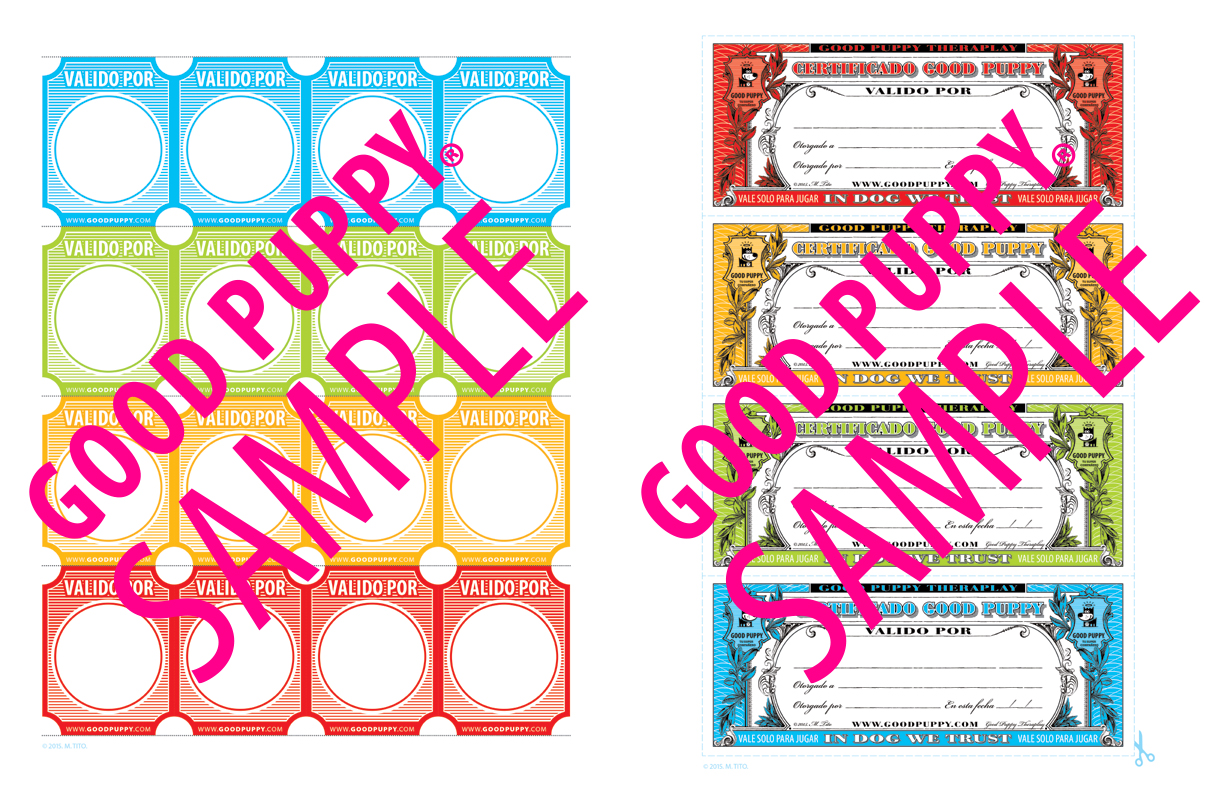
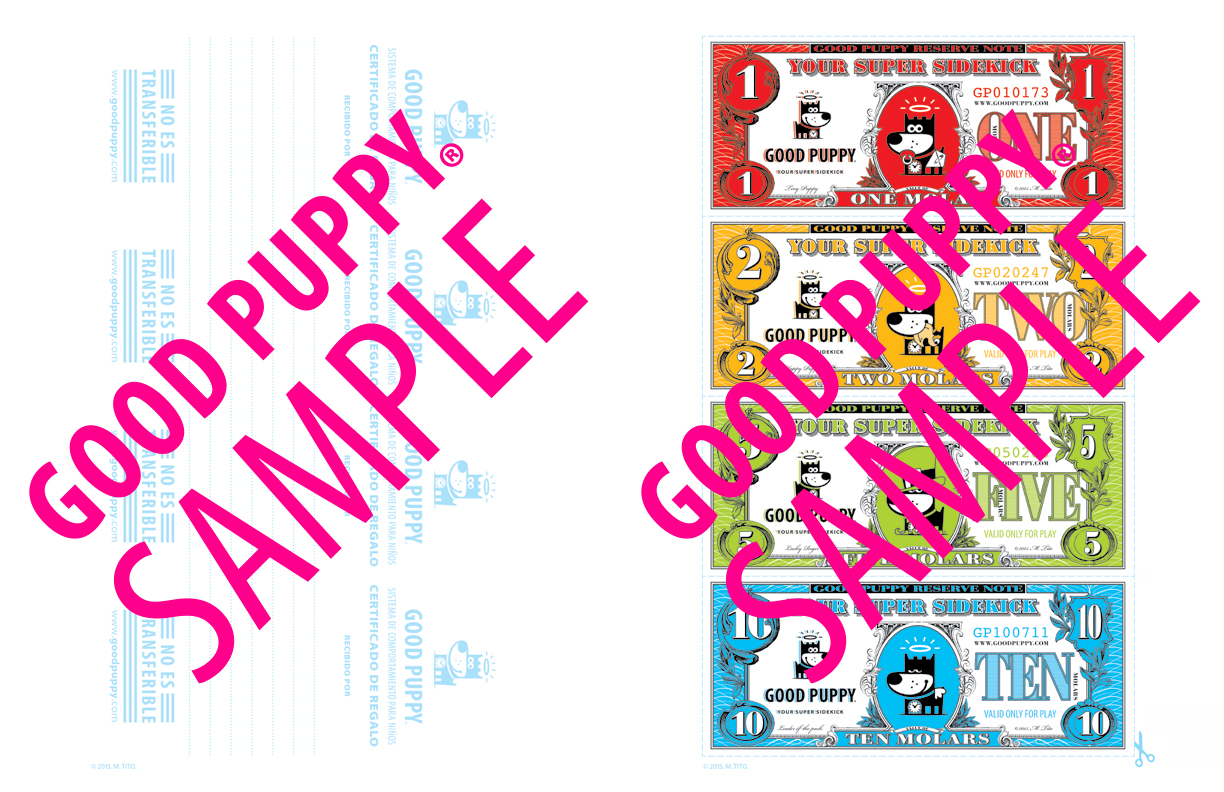
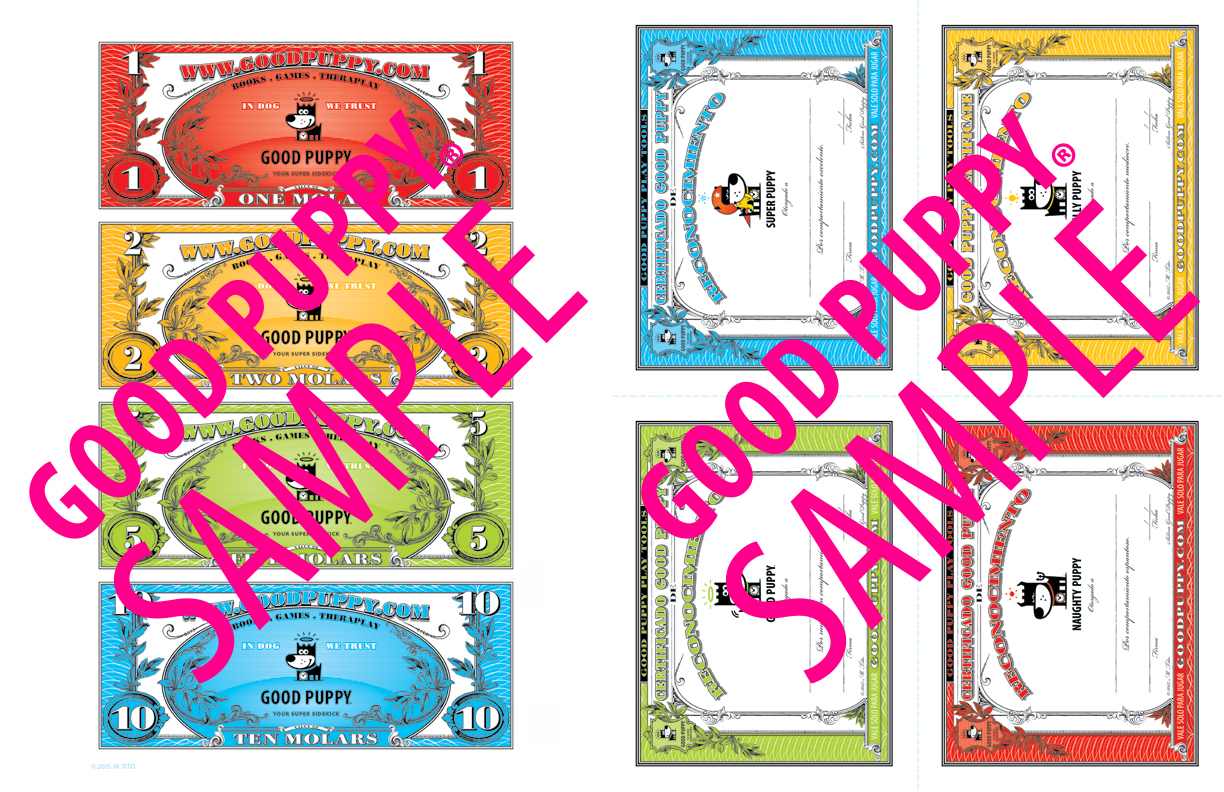
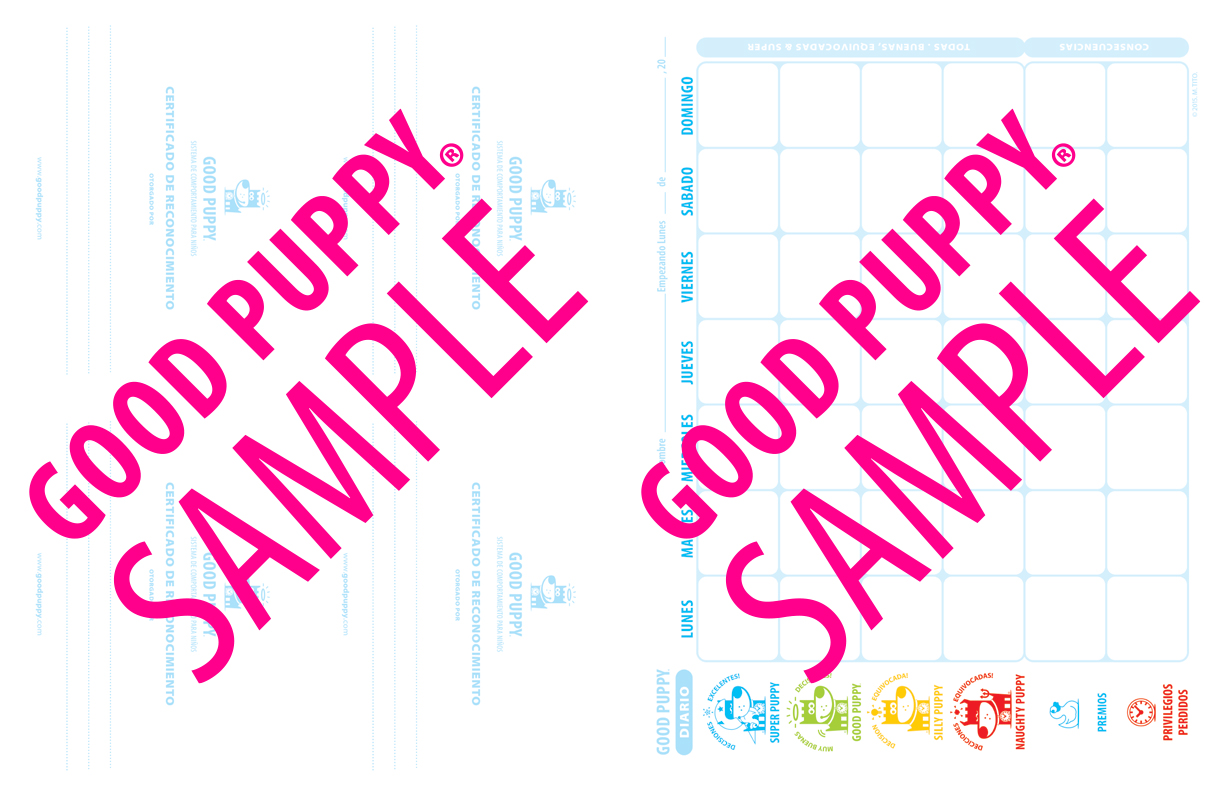

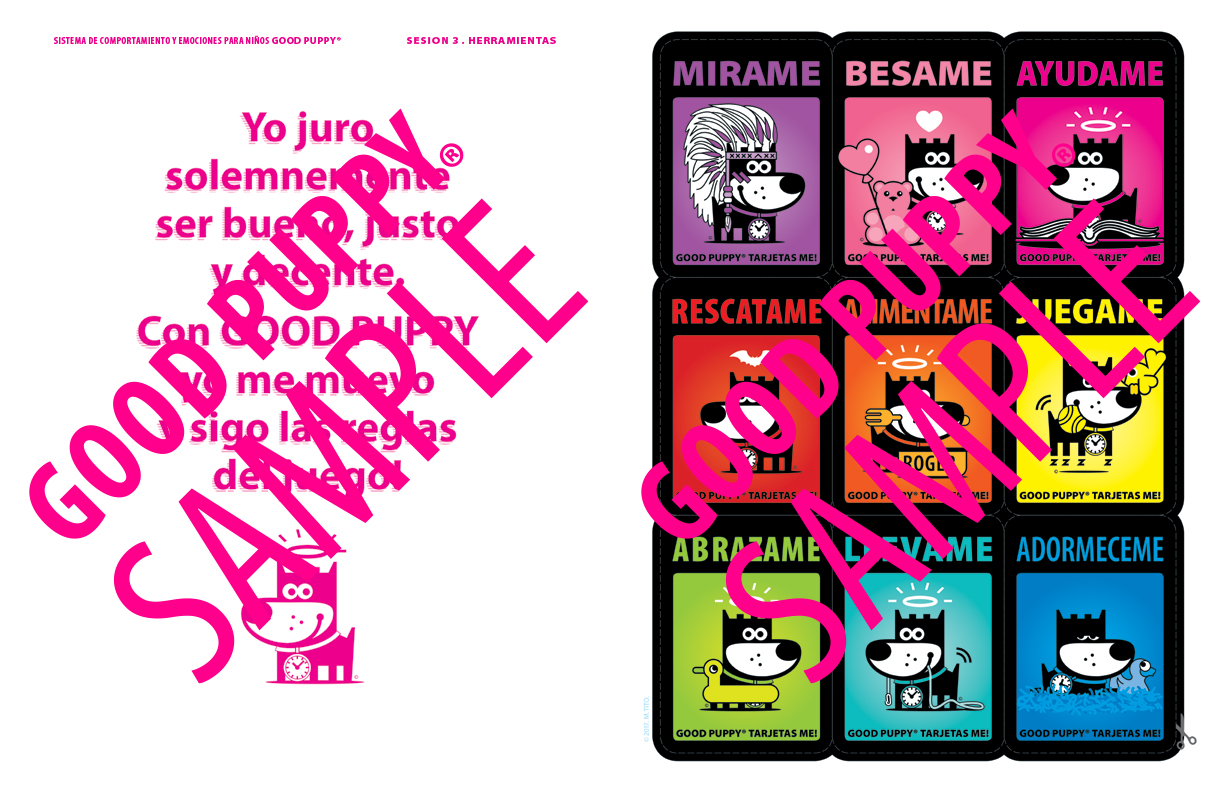
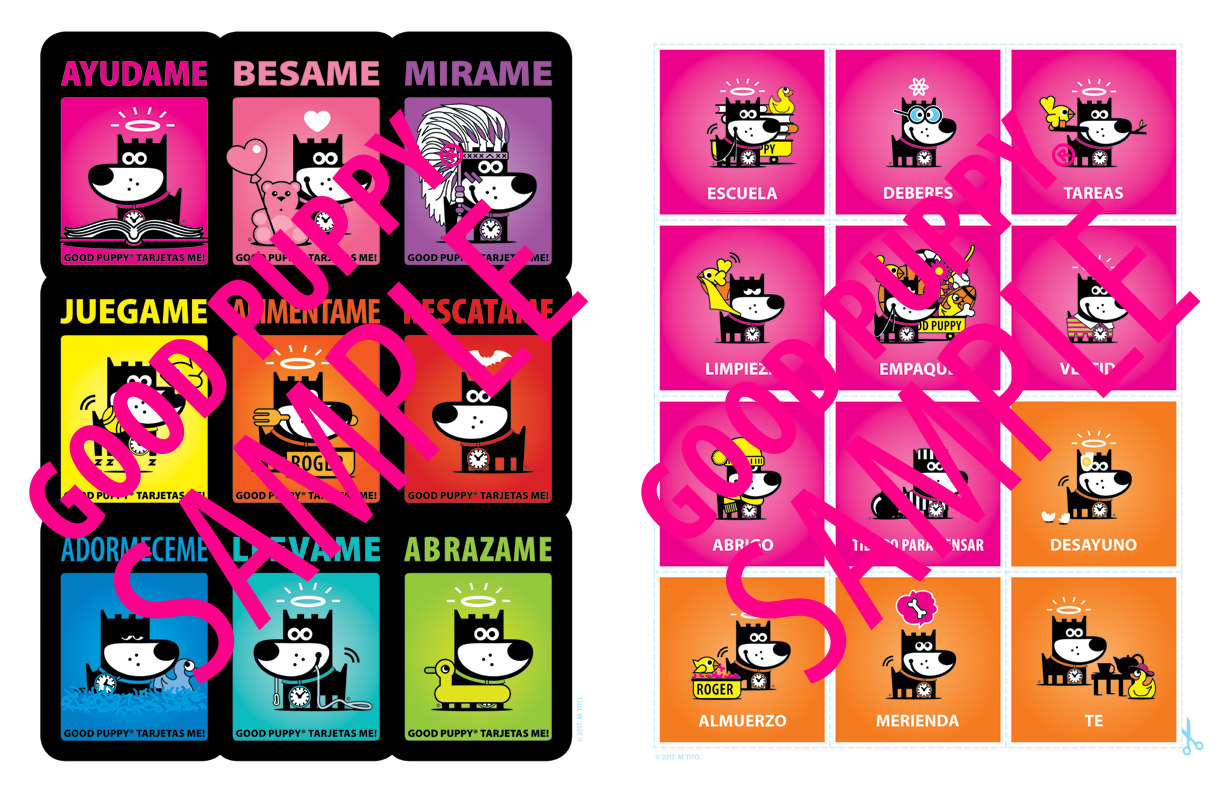
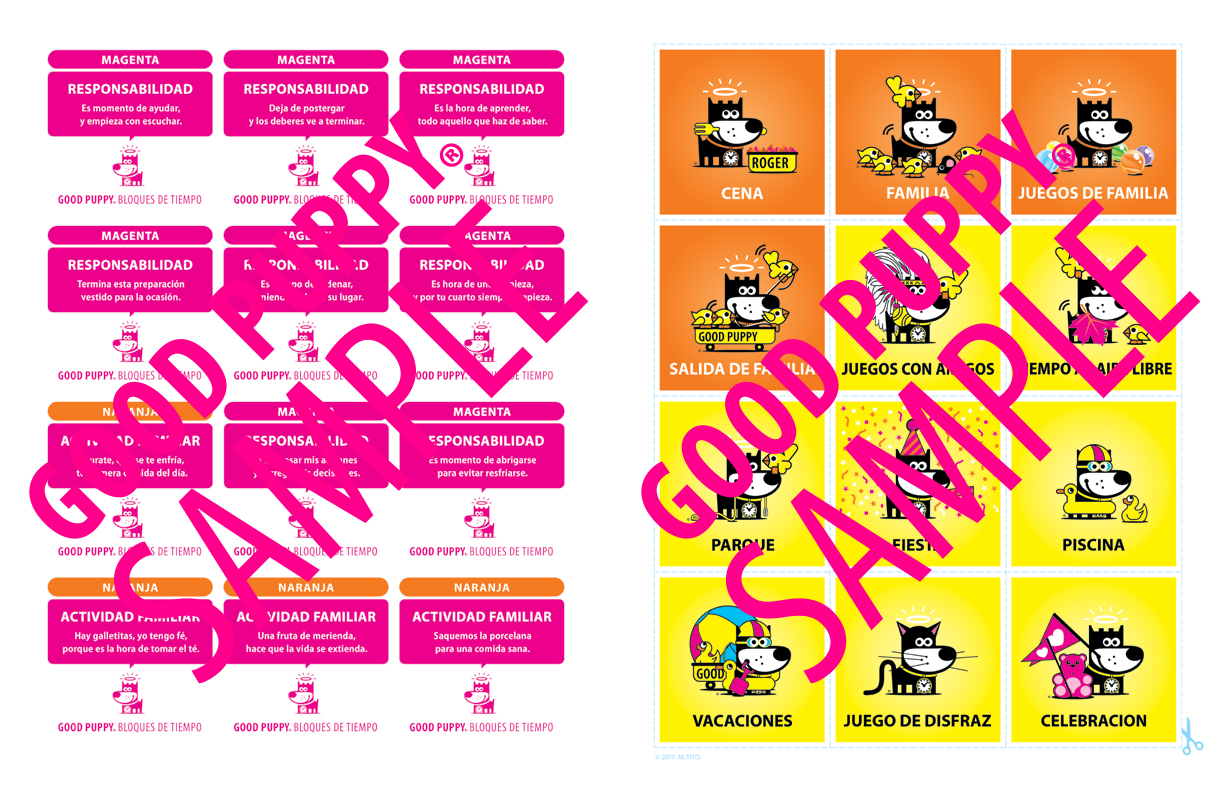

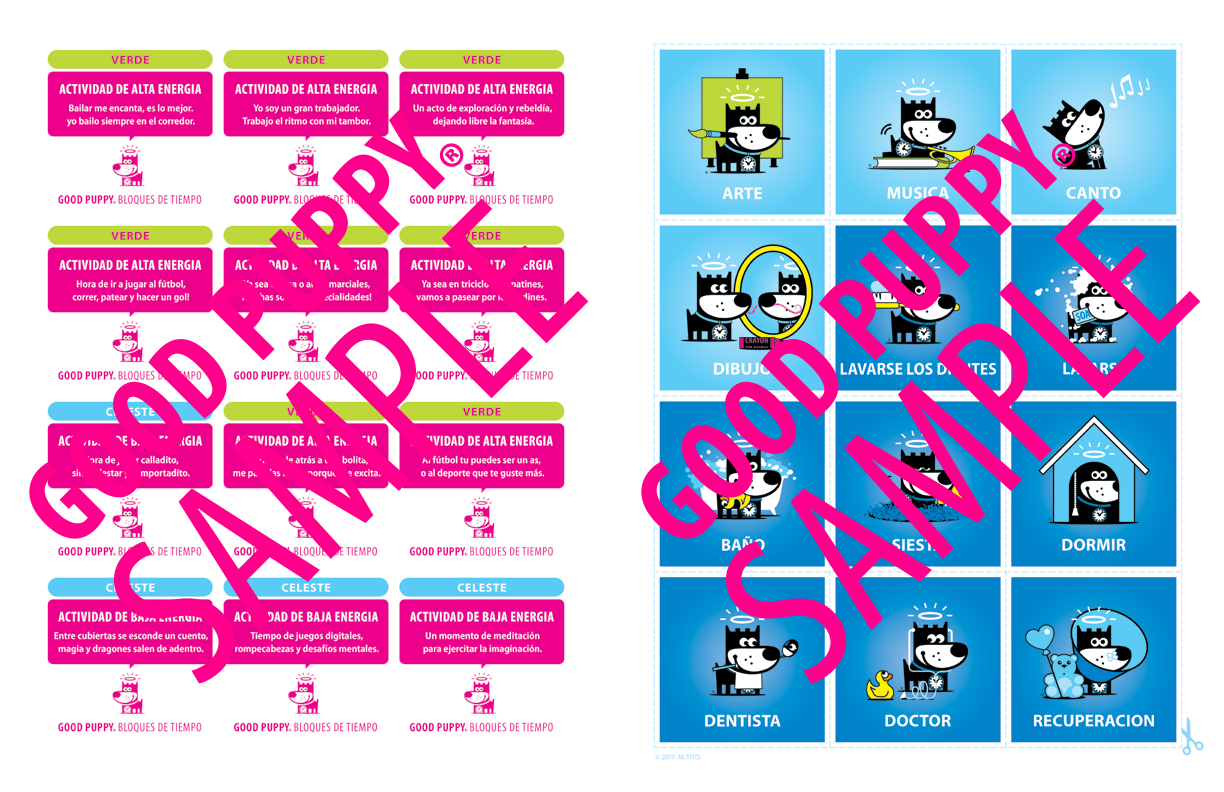
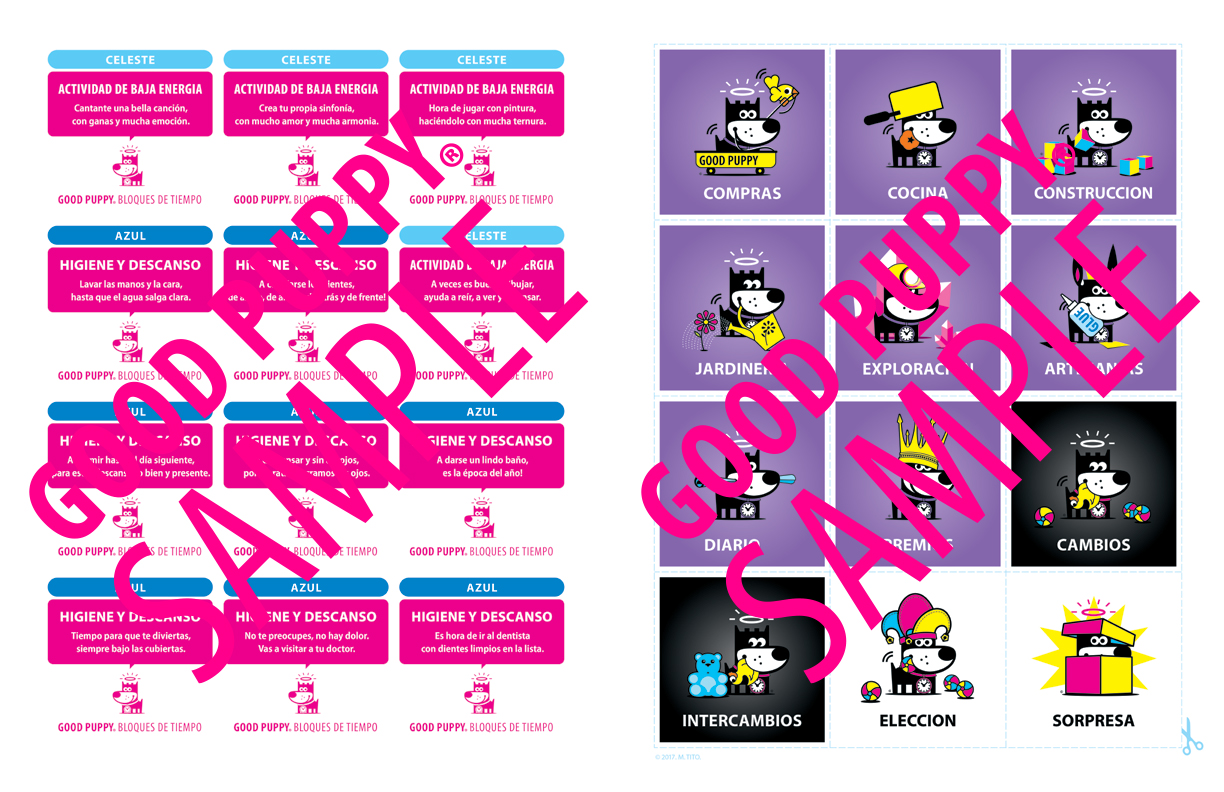
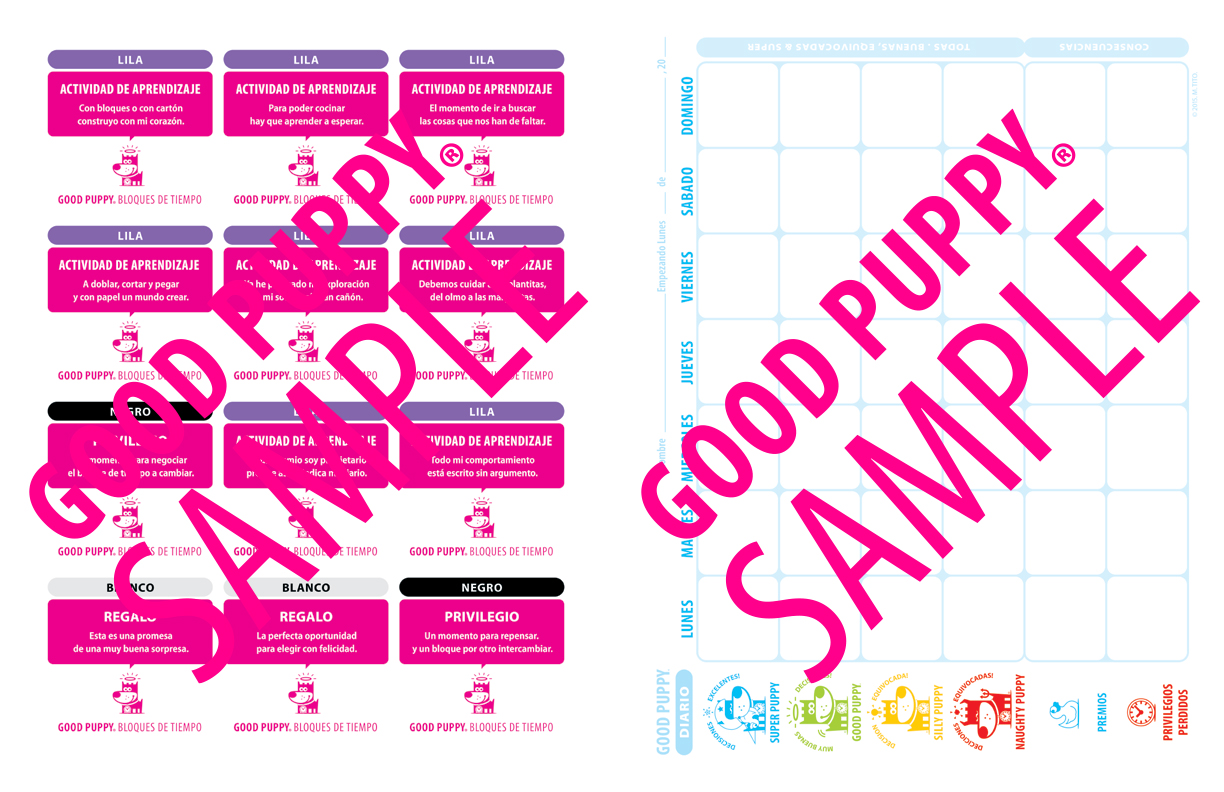
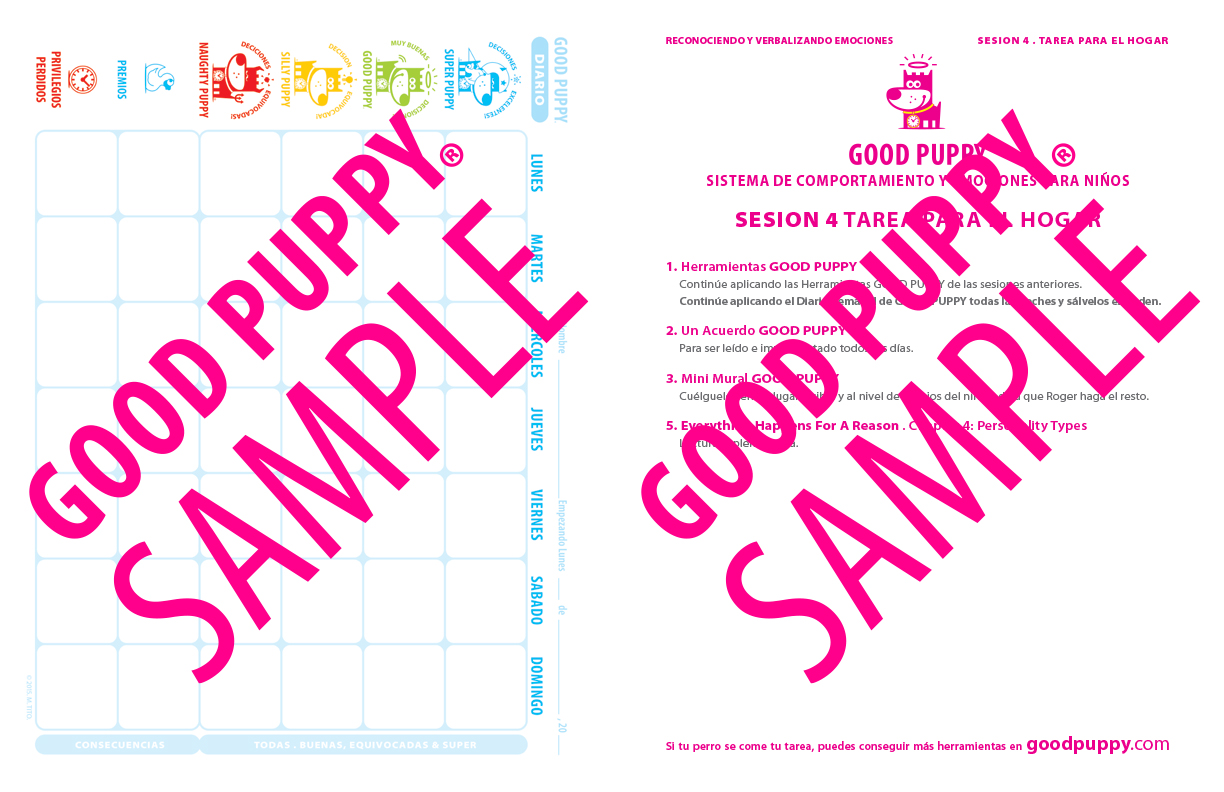
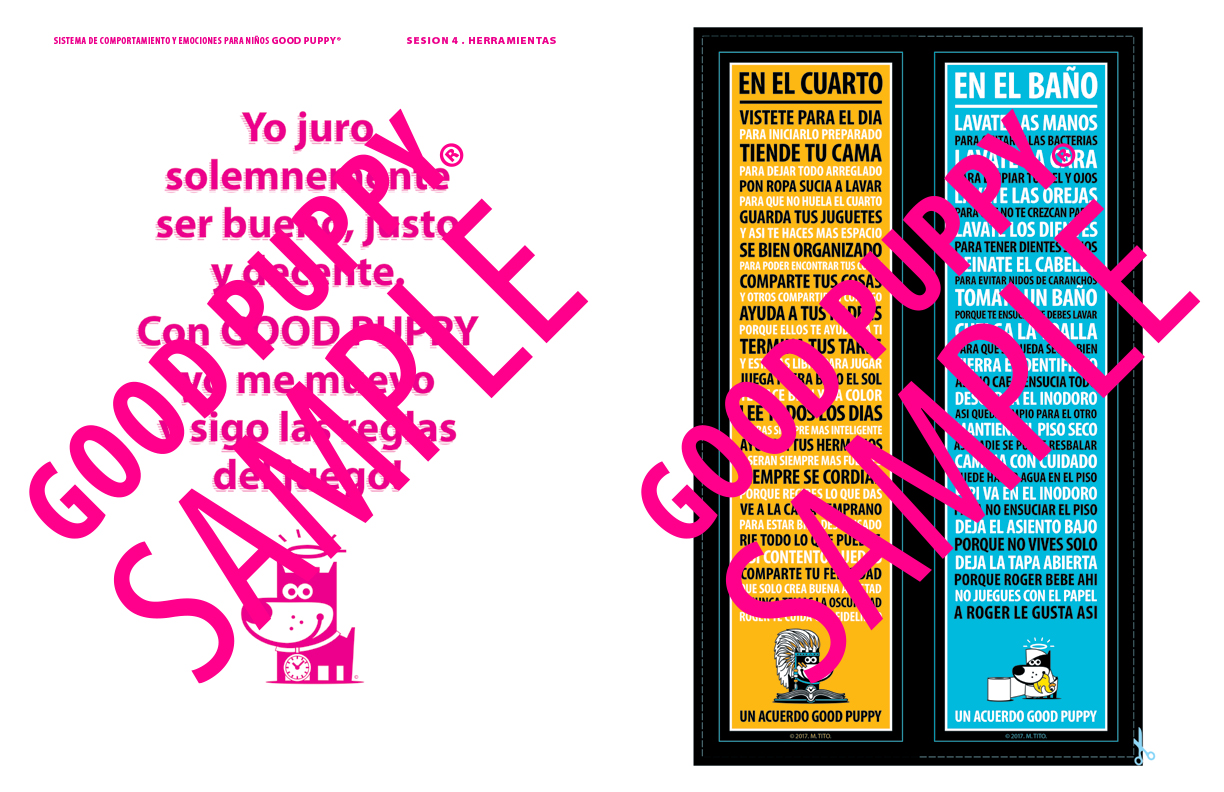

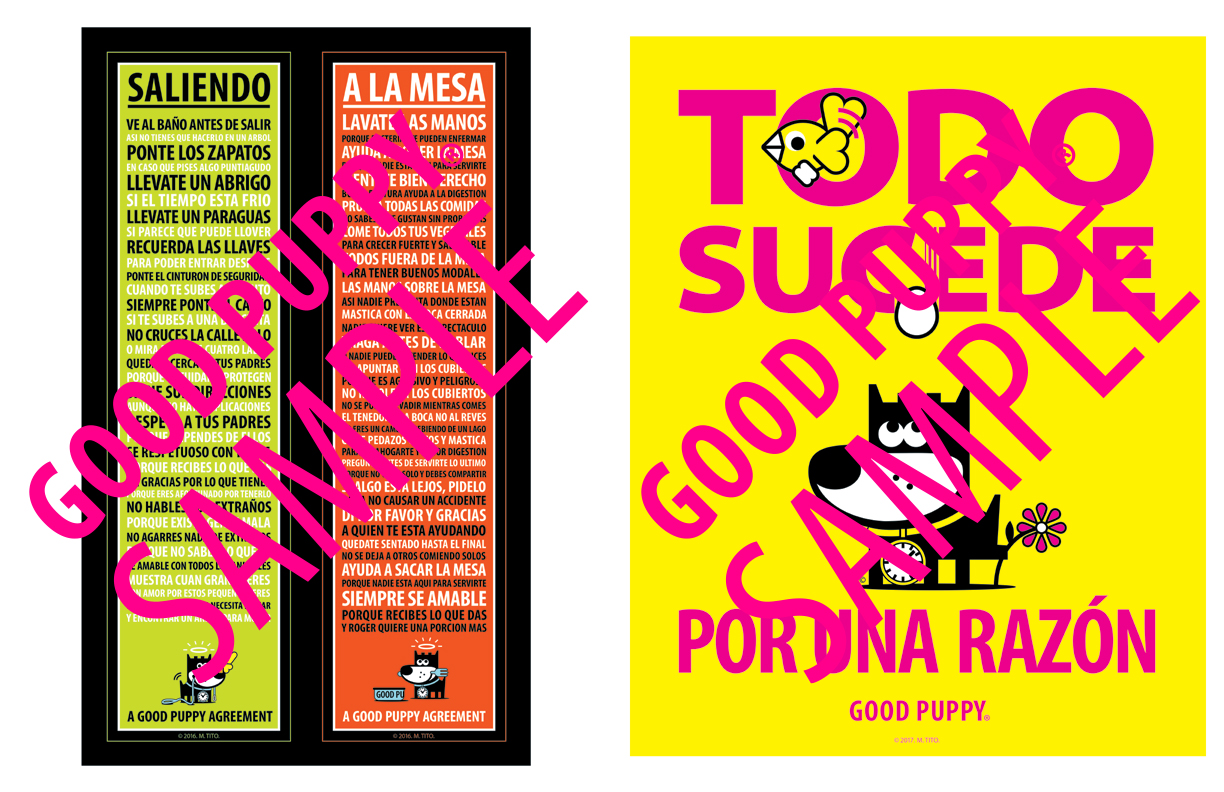
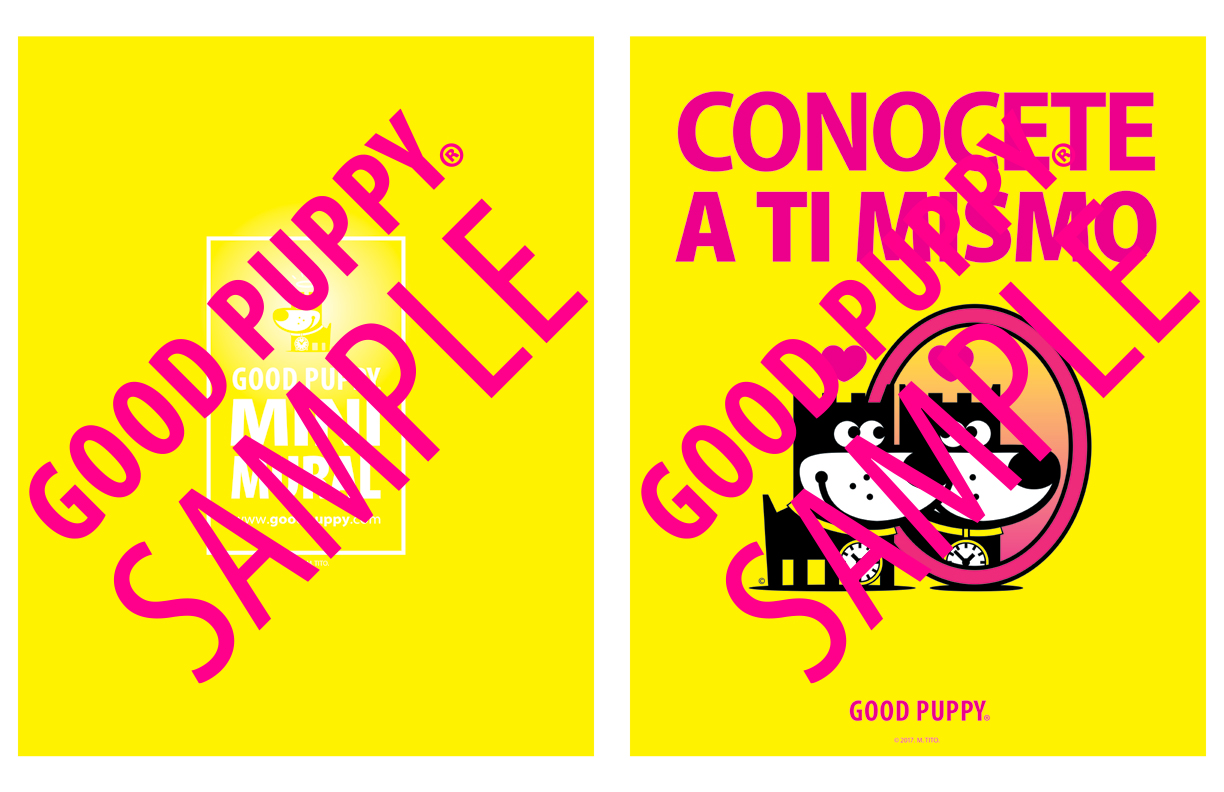
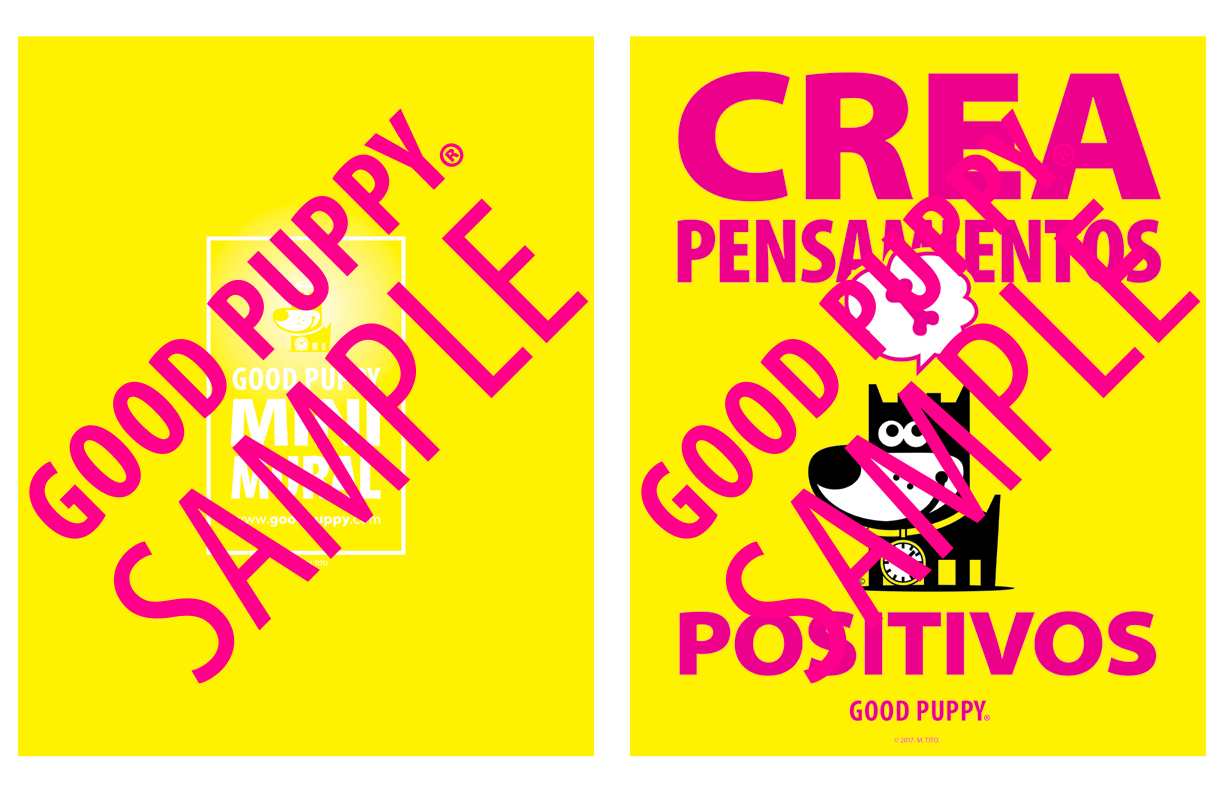
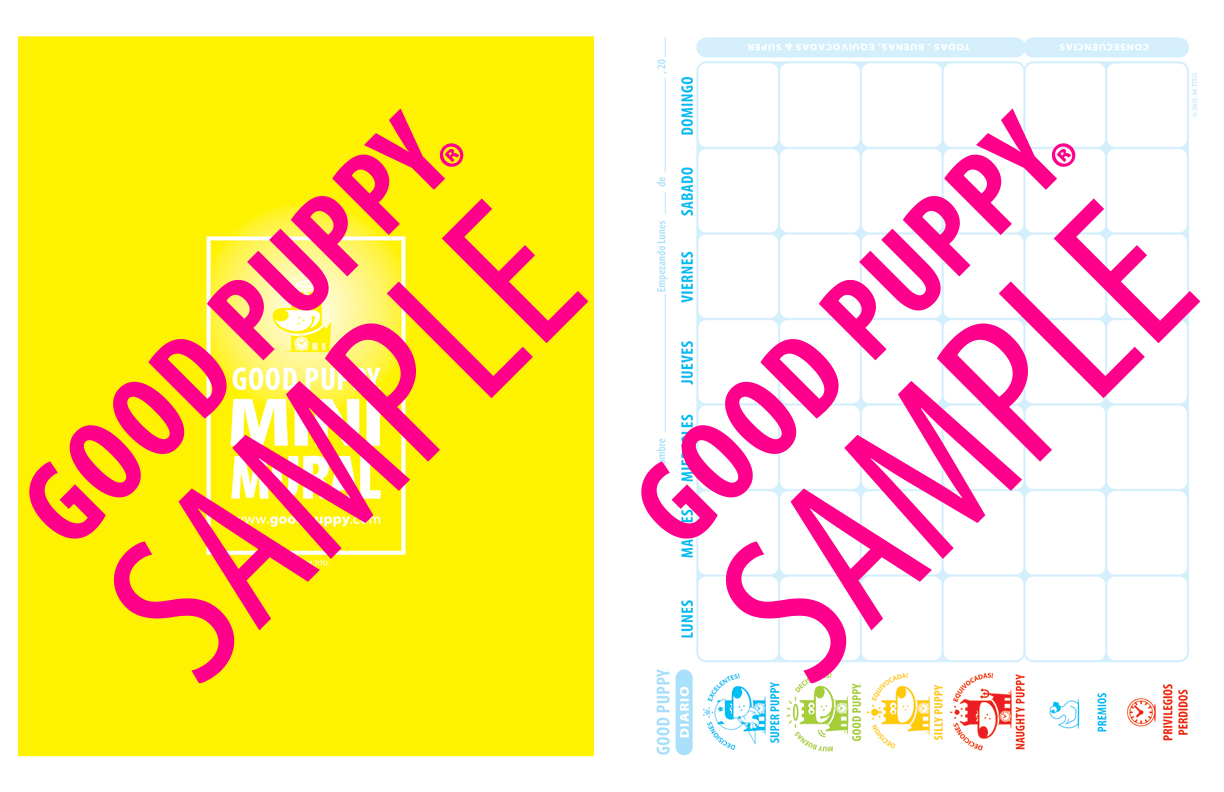
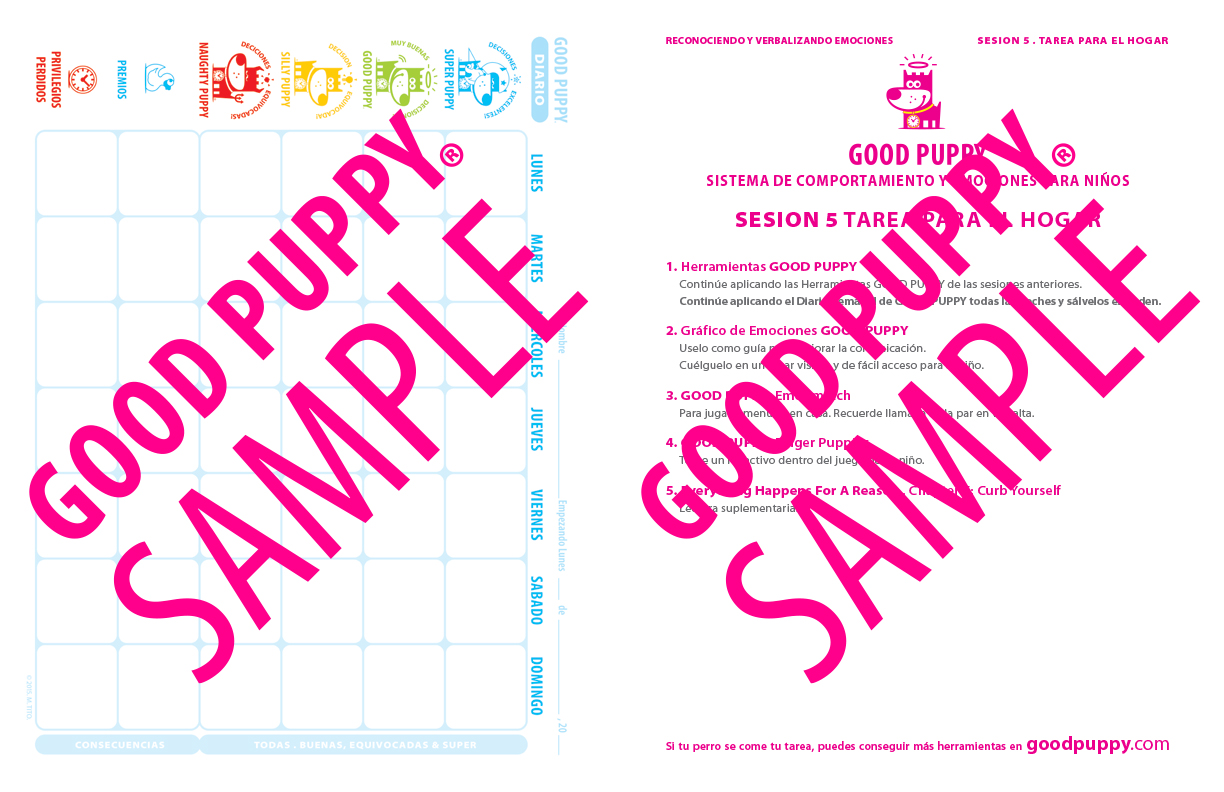
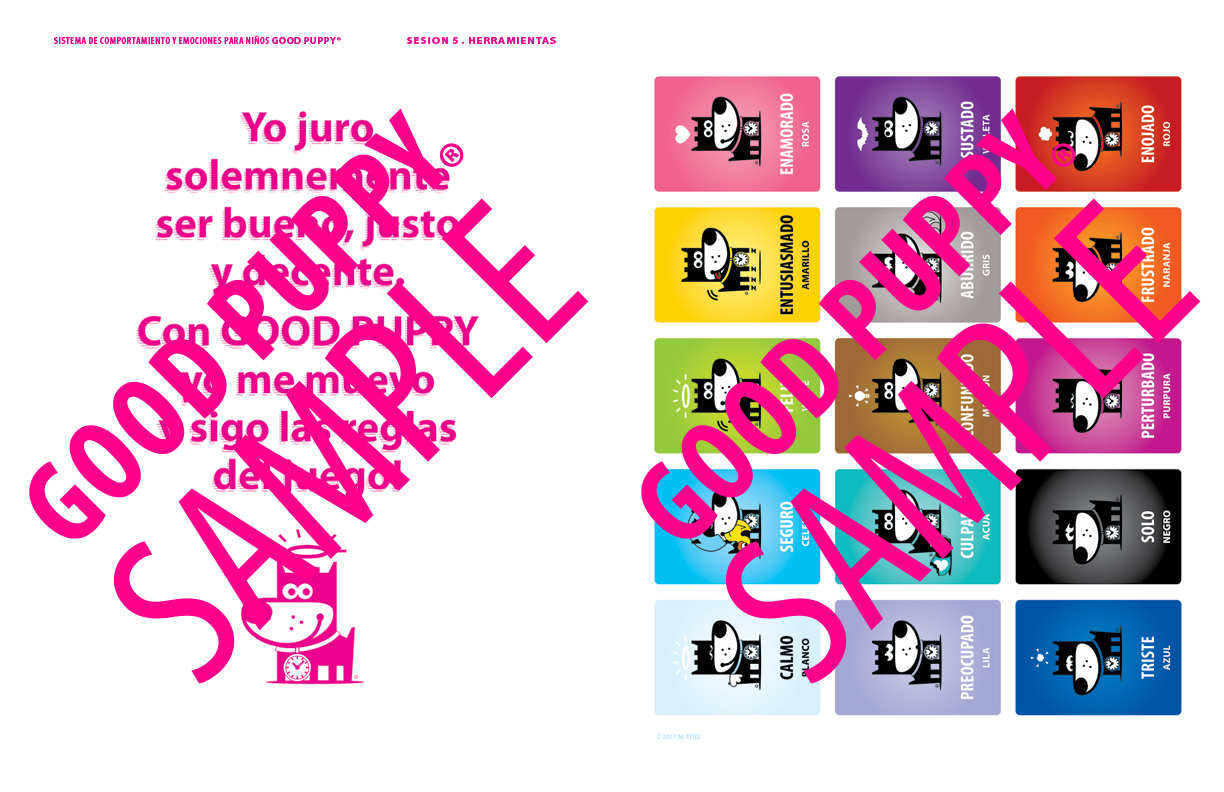
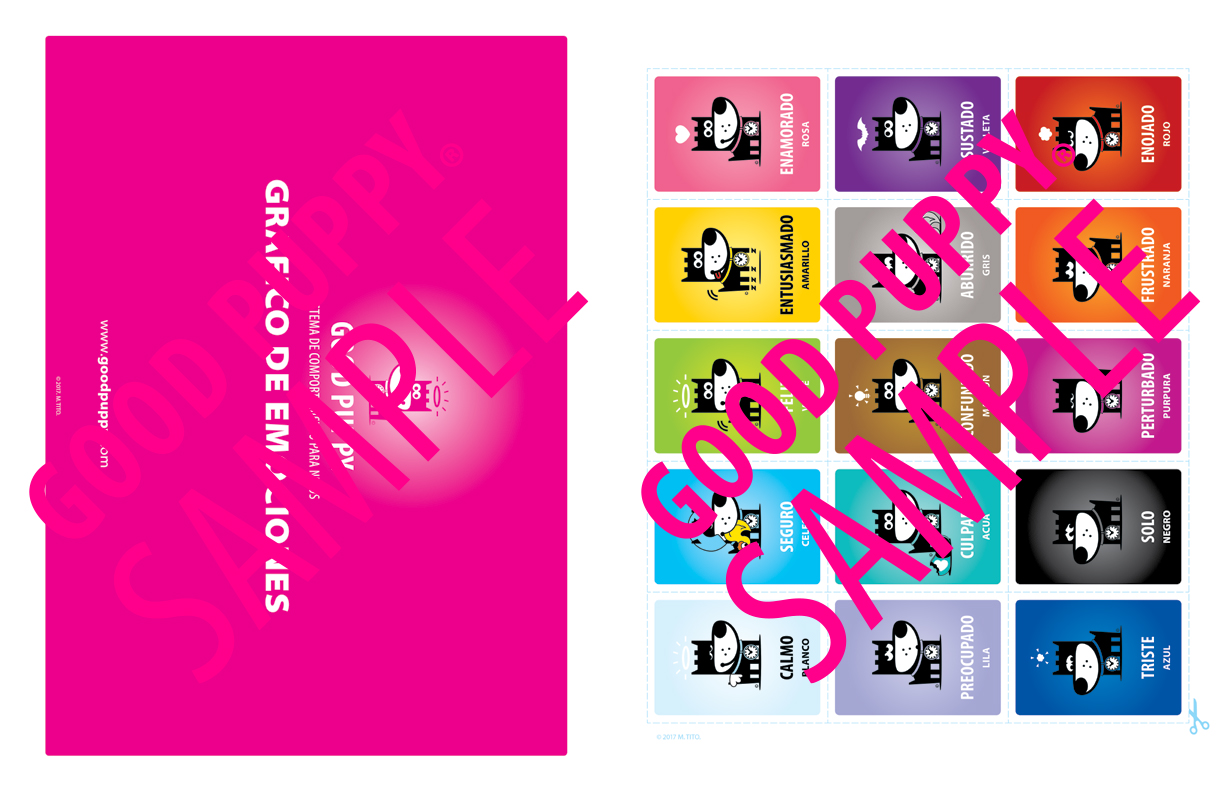
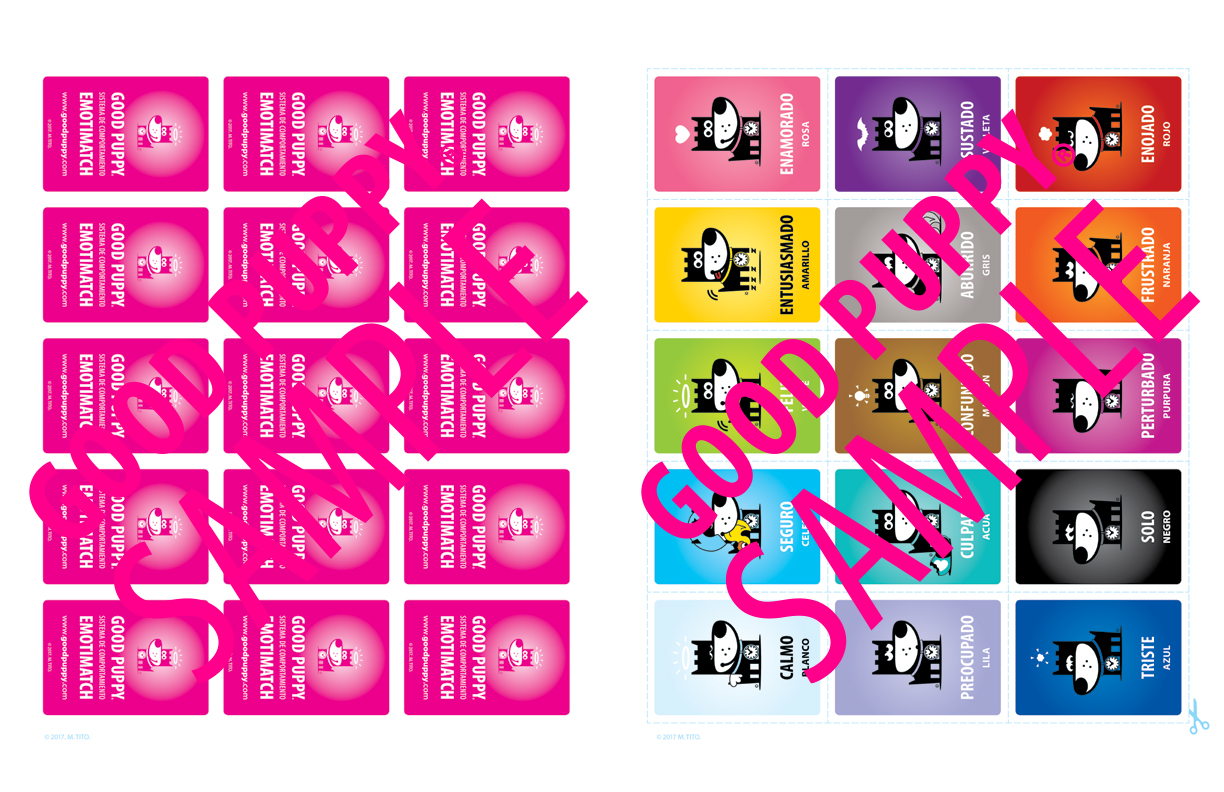
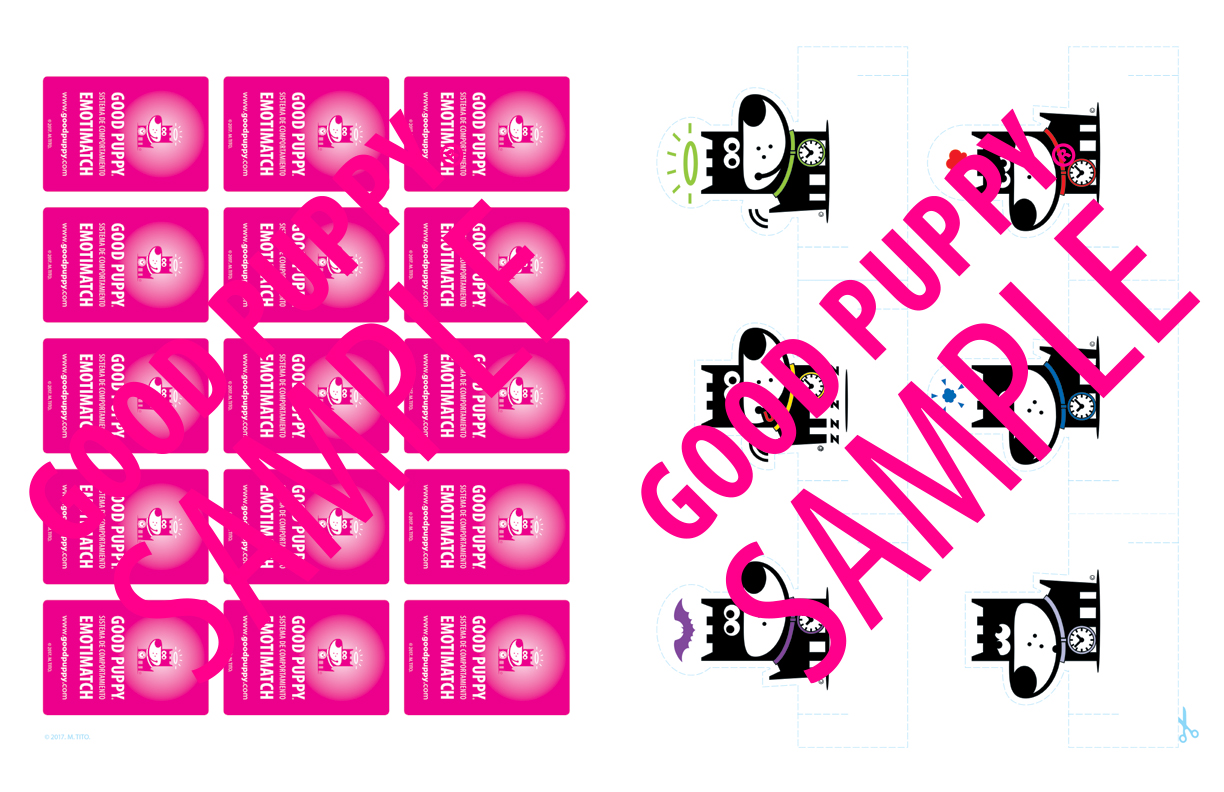

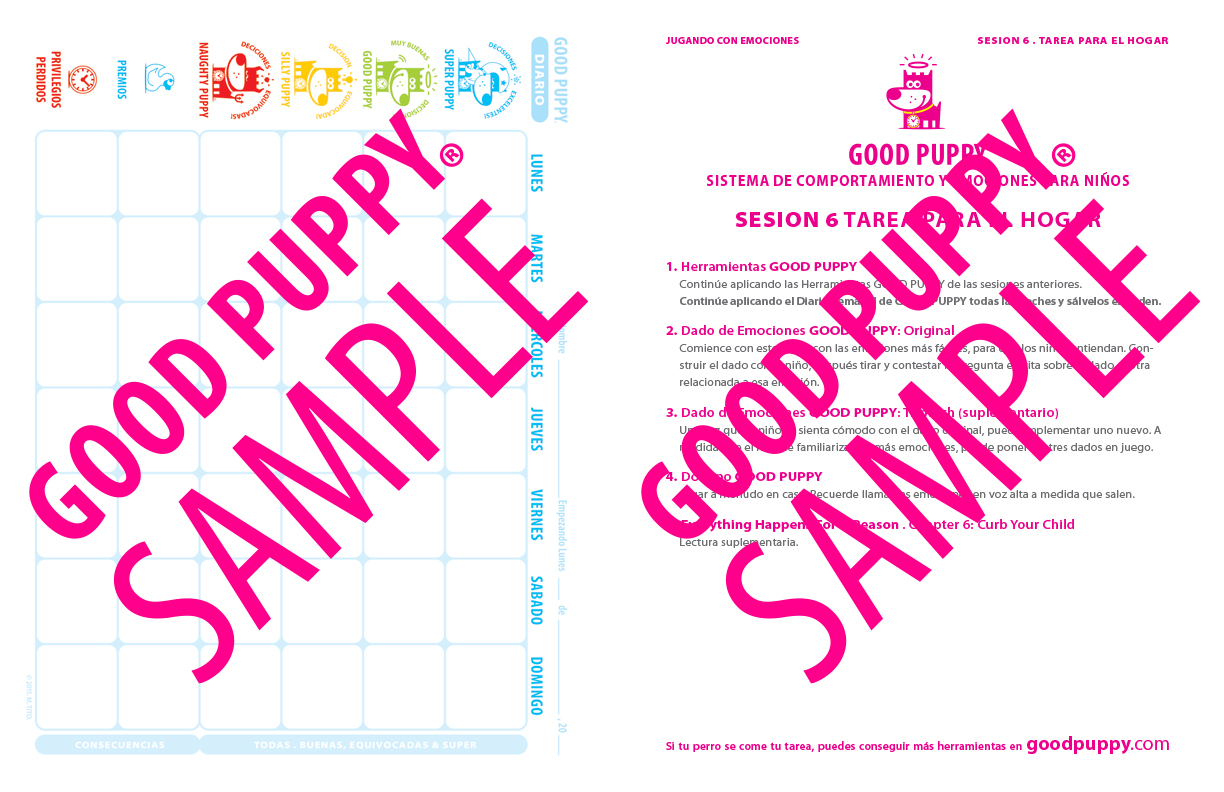
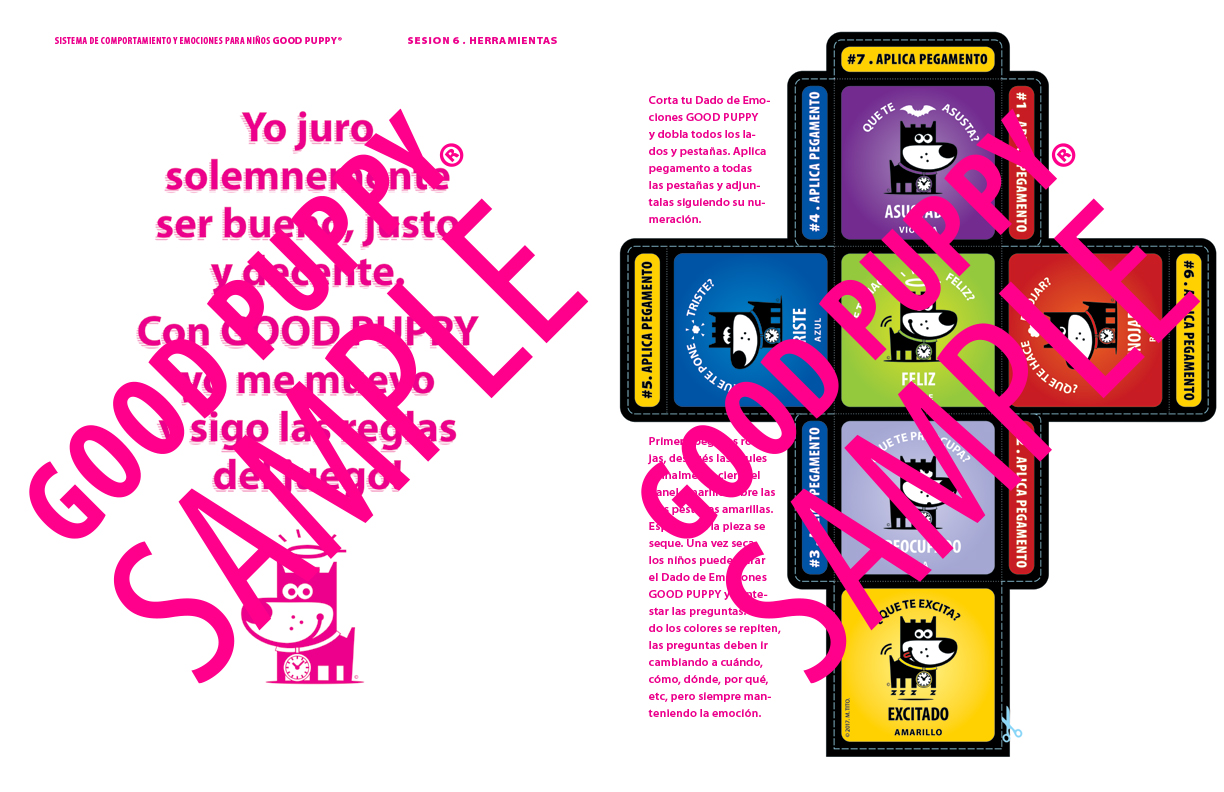
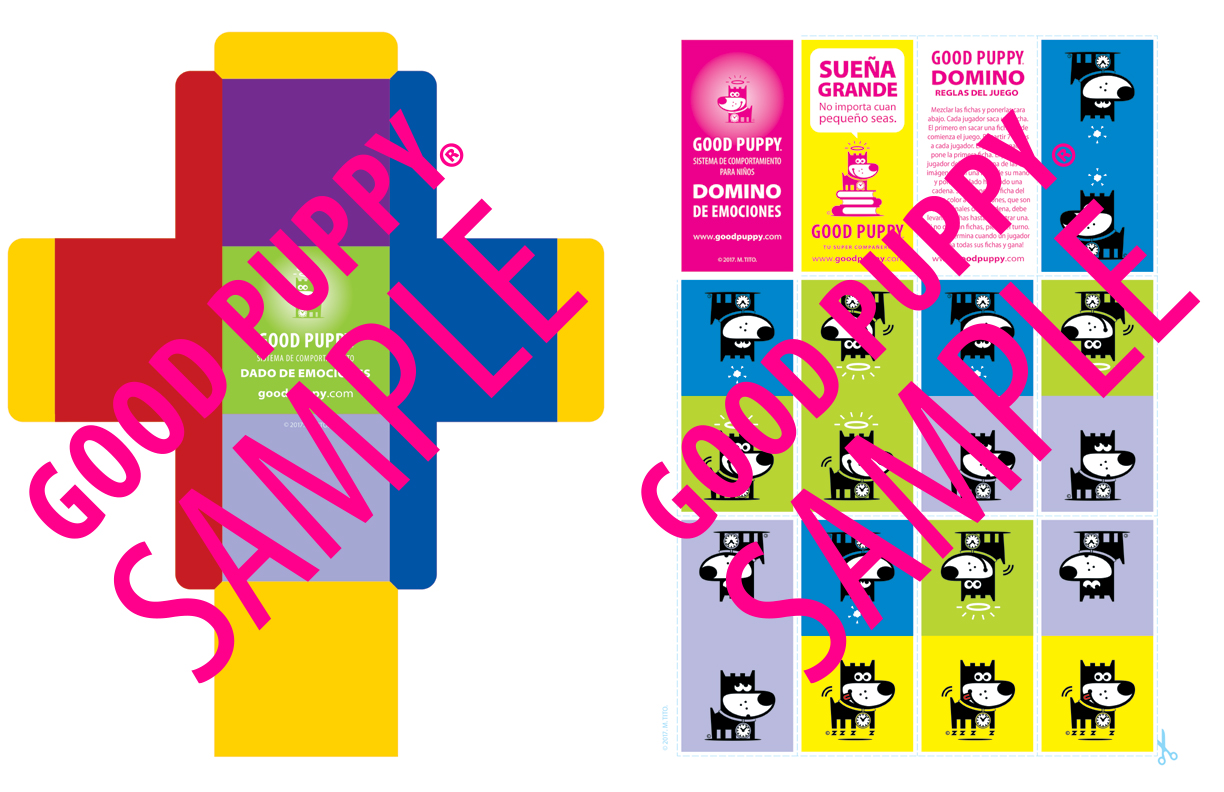

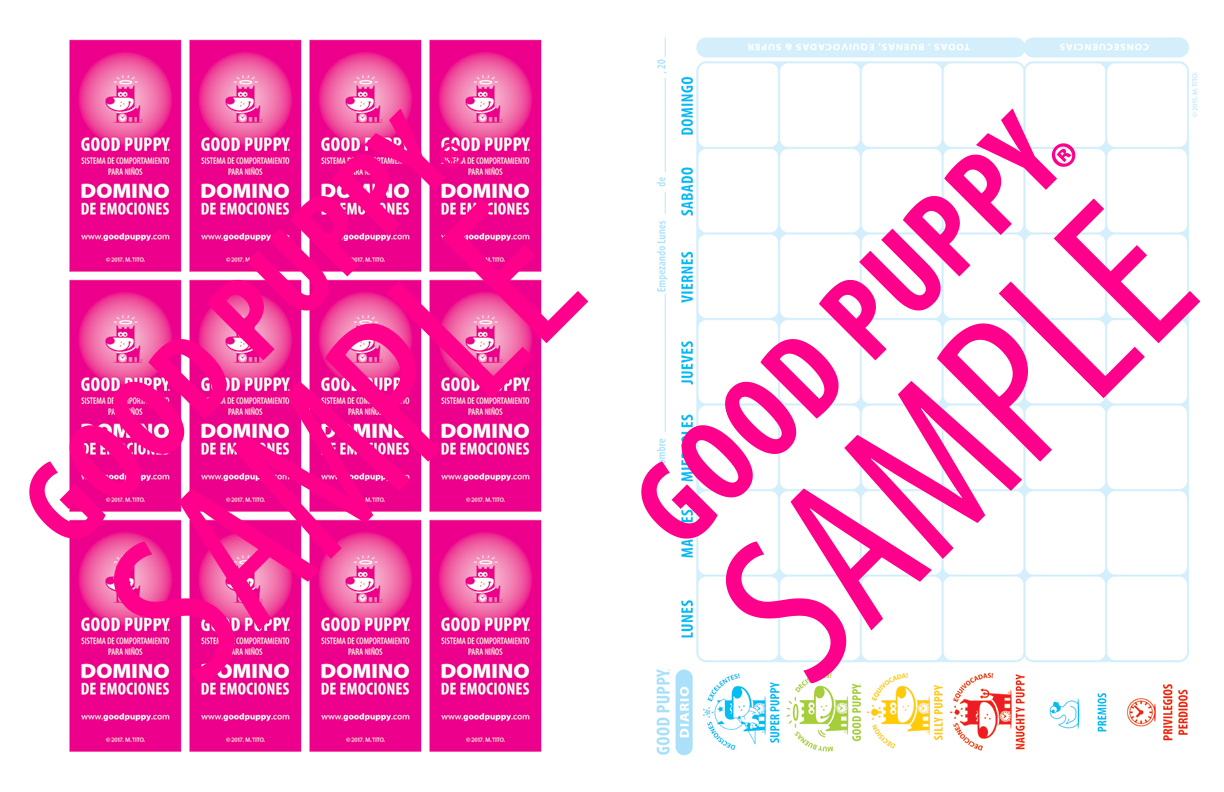

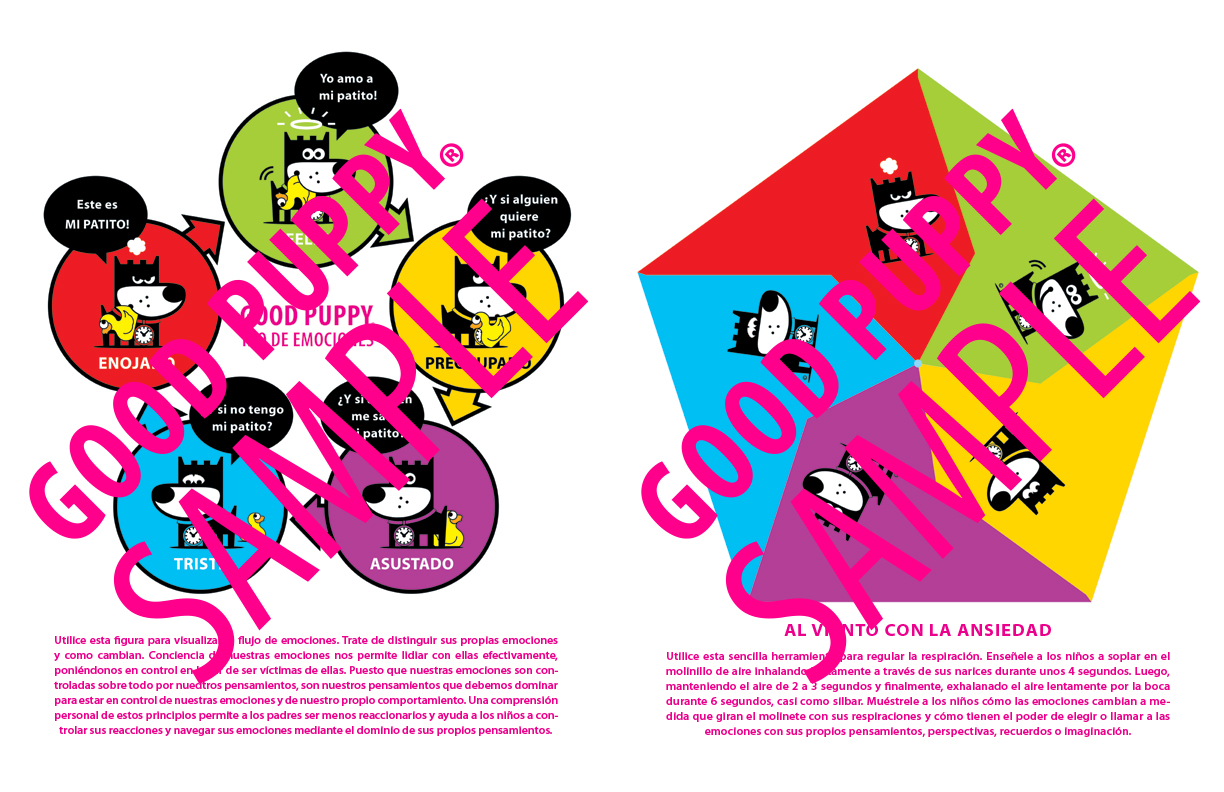

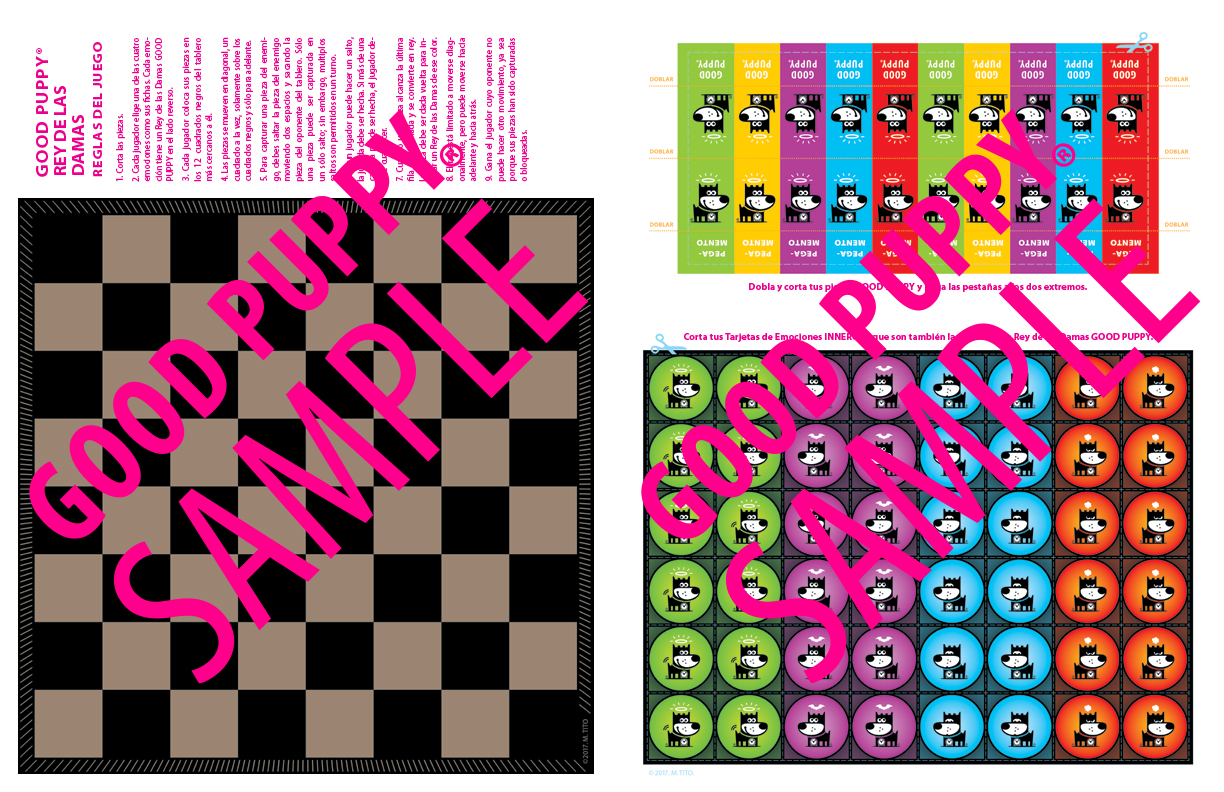

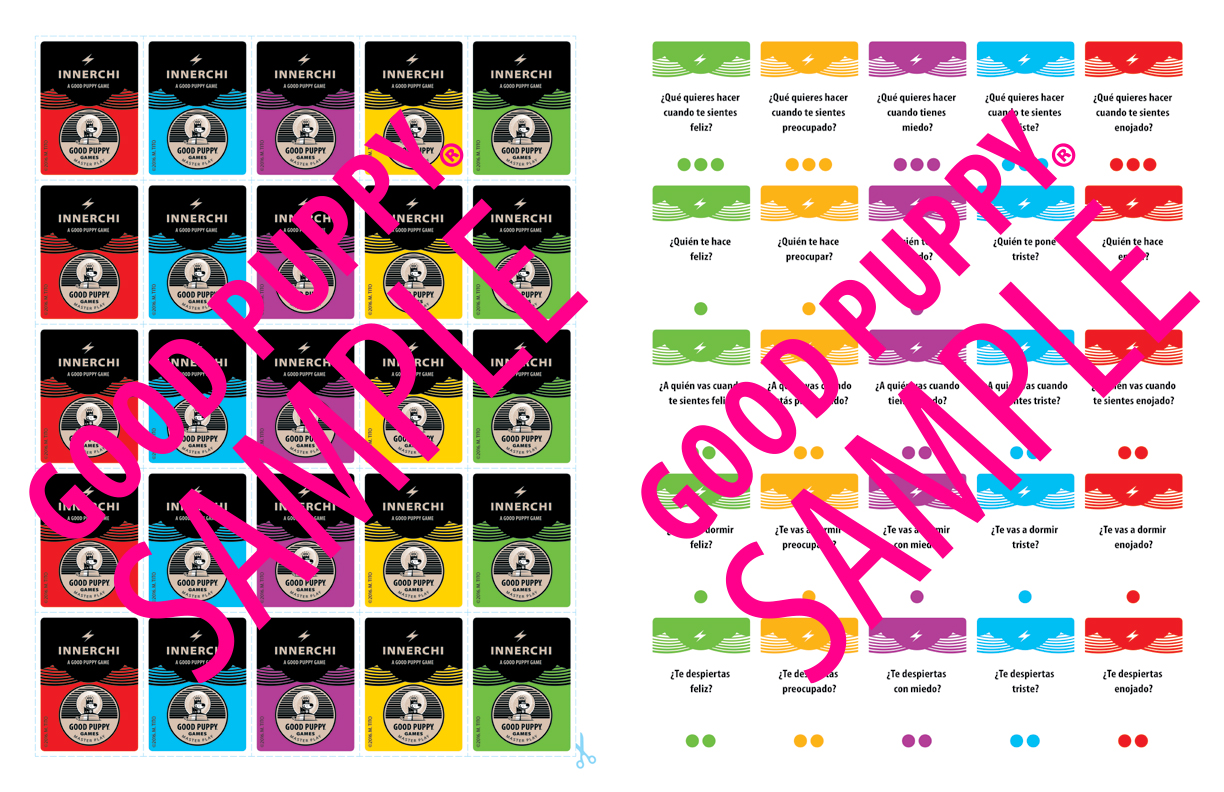

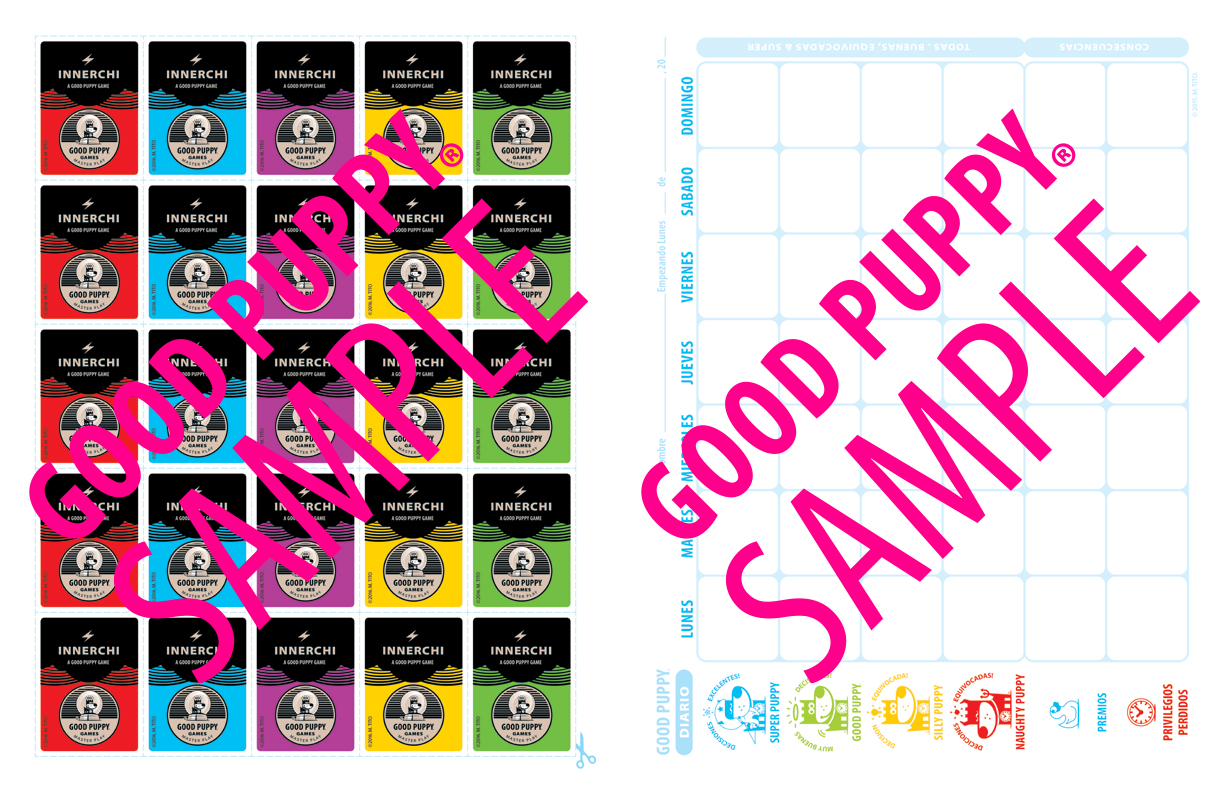
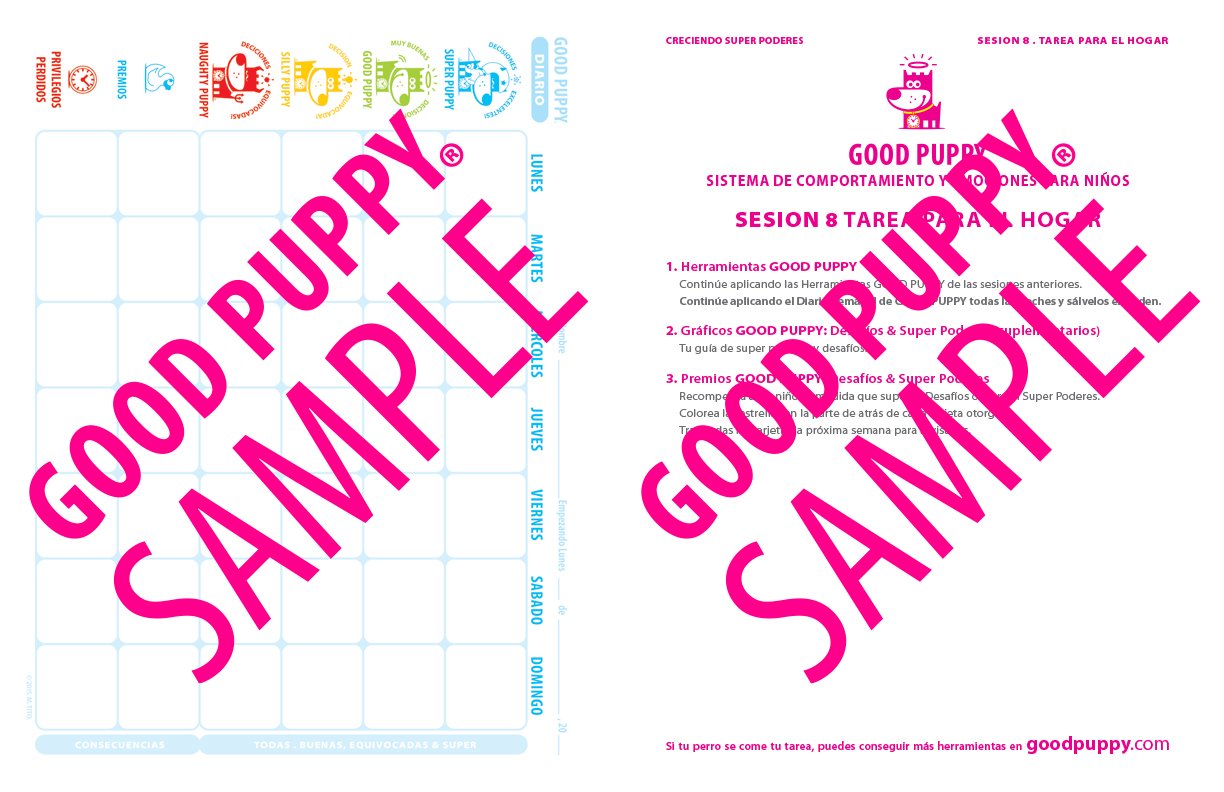
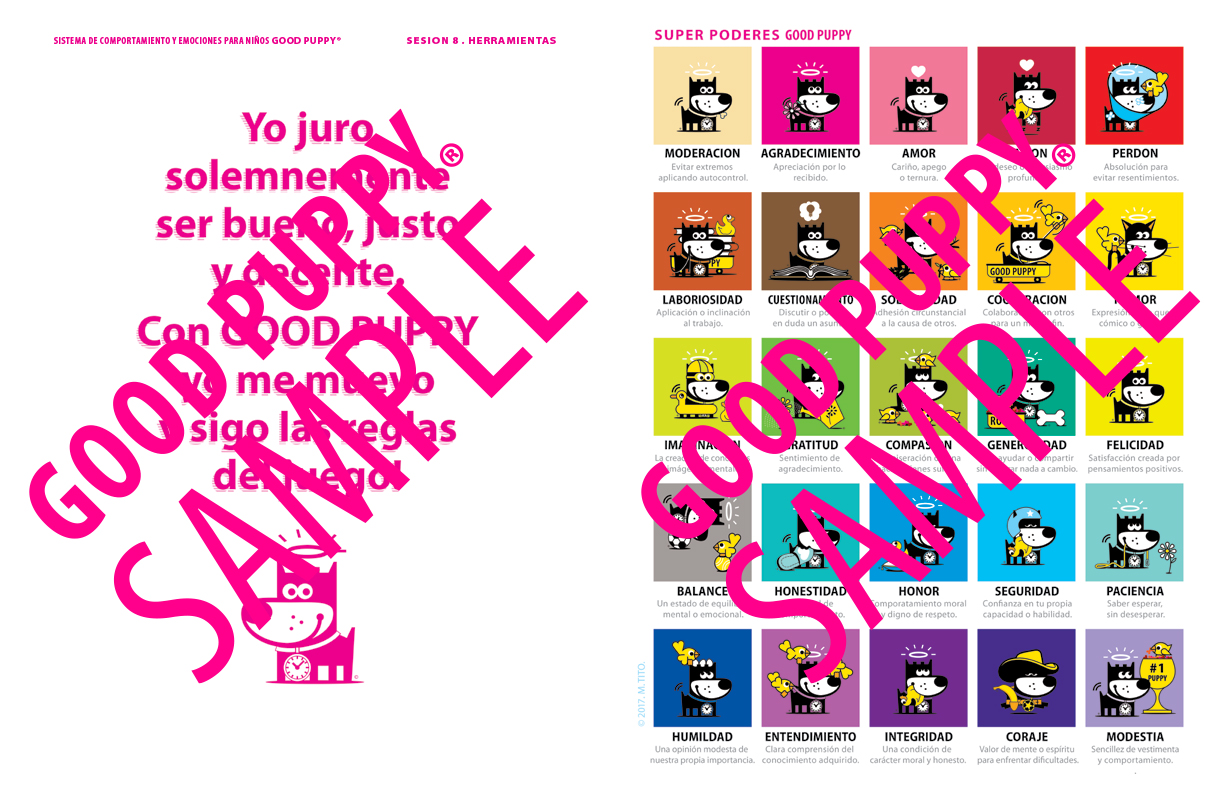
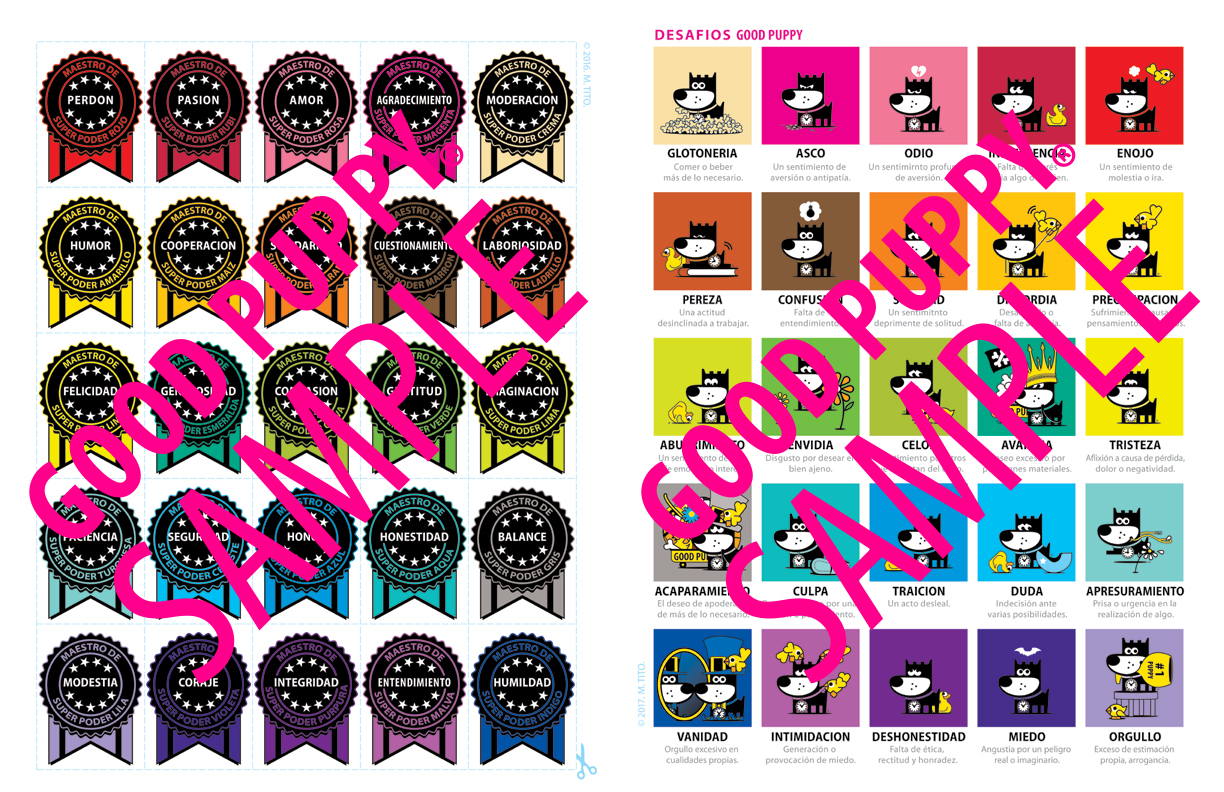
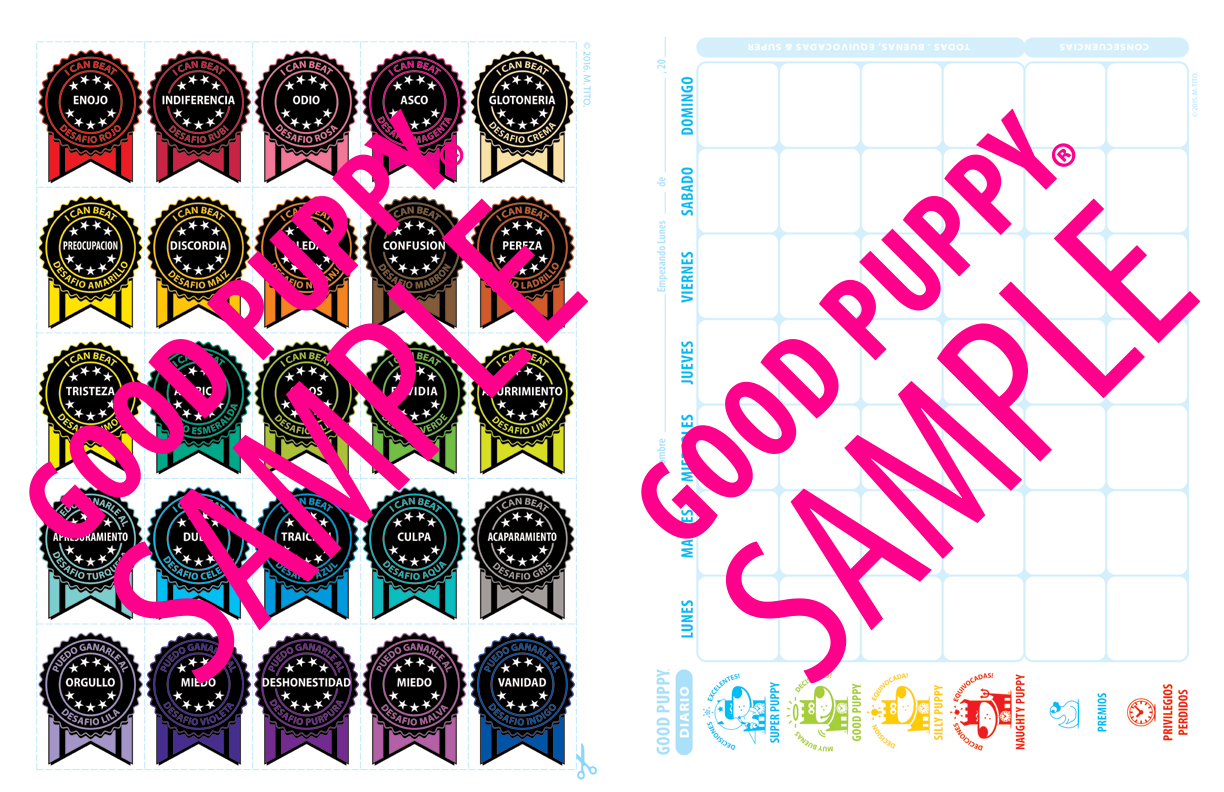
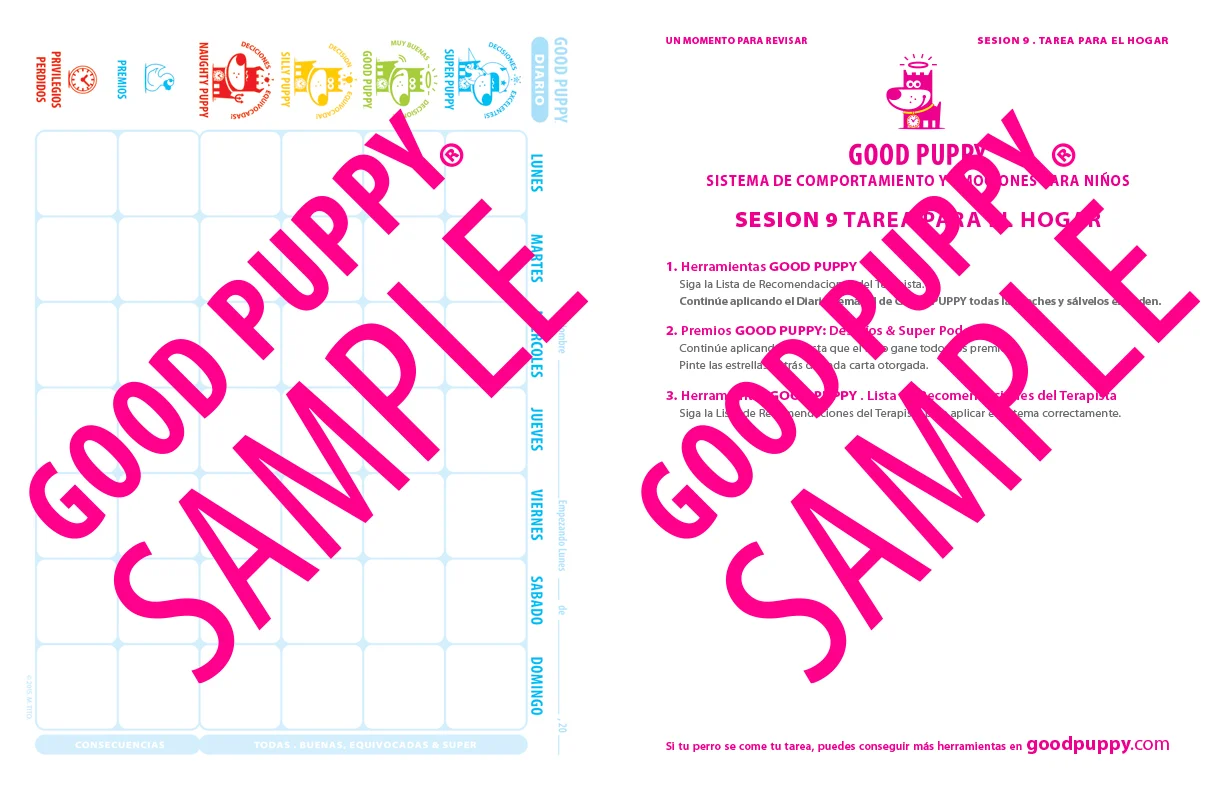
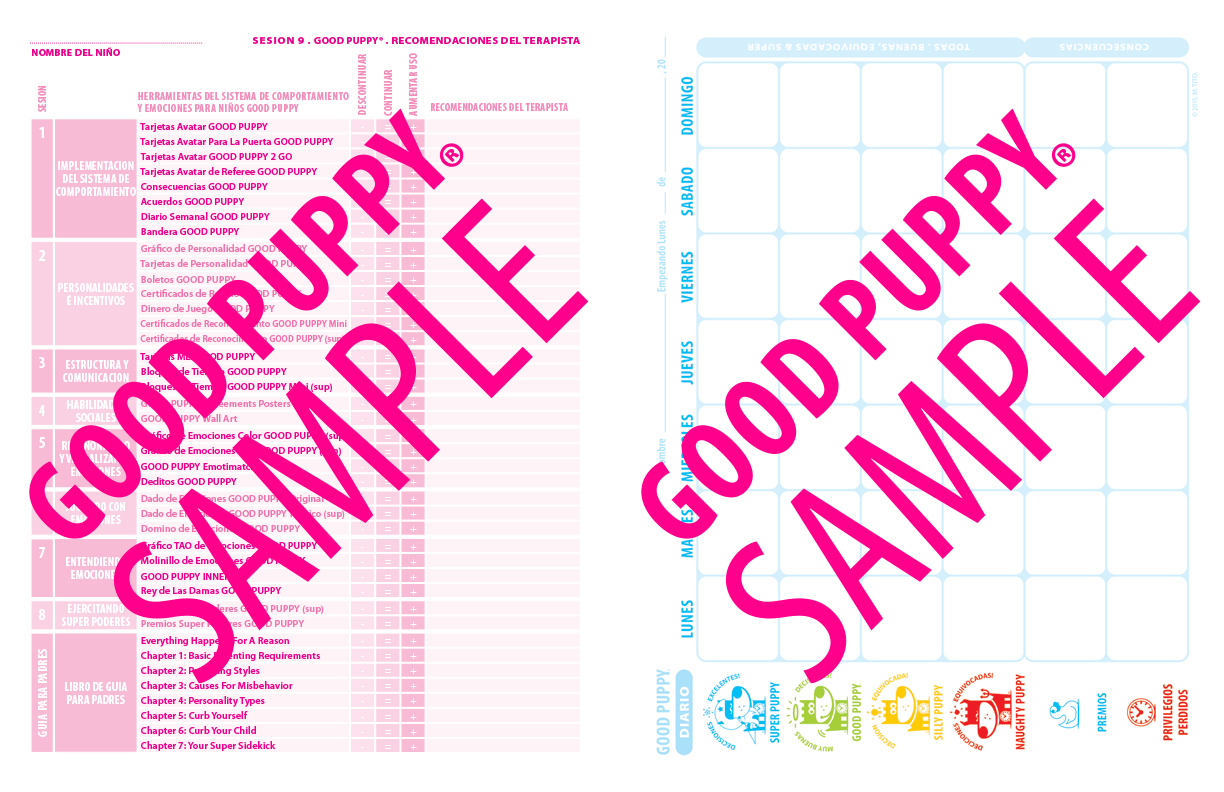
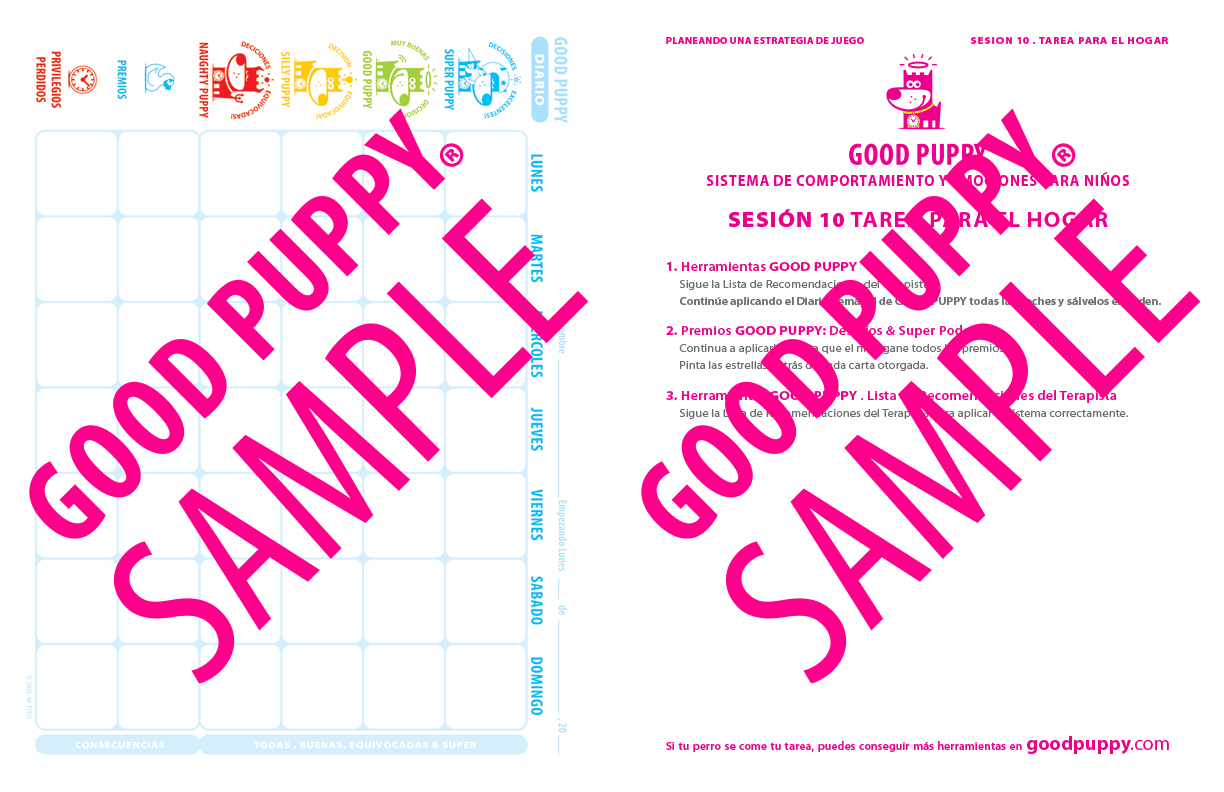


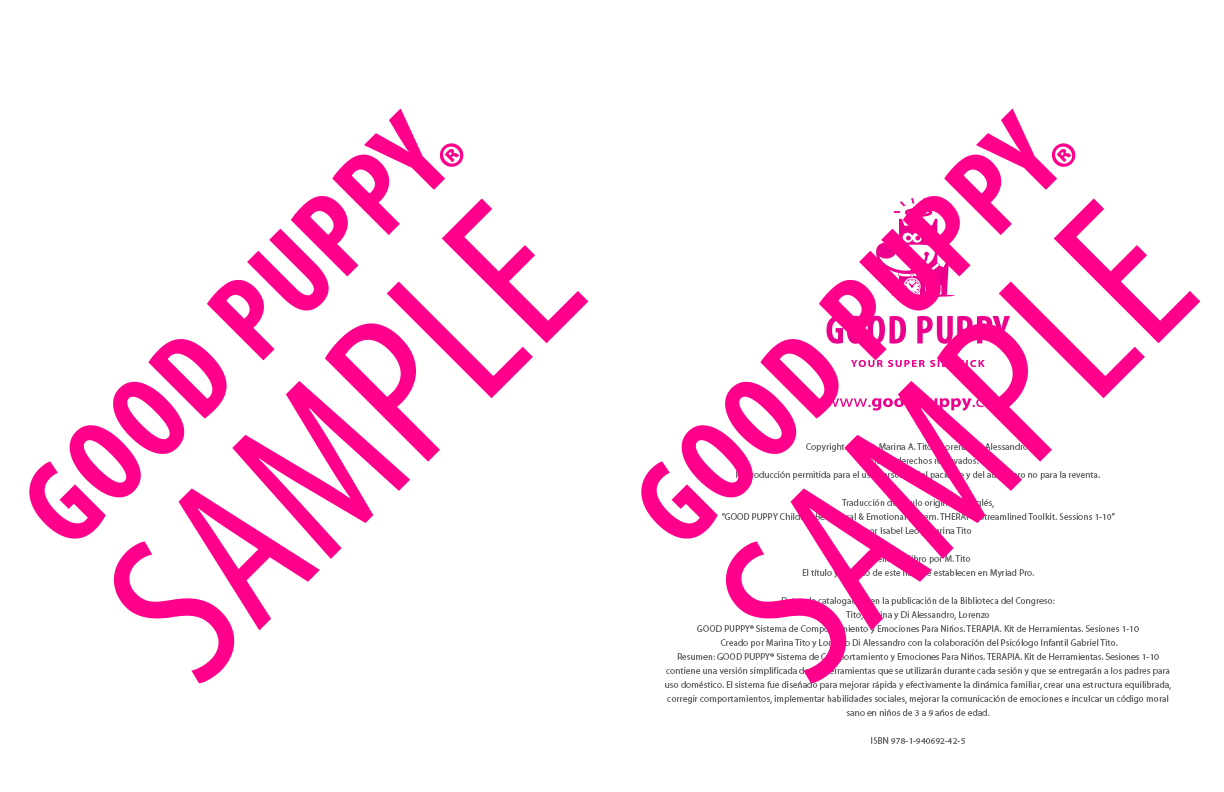
Here to help therapists in the management of children’s behavior, the Child Cognitive Behavioral System is designed to create incentives and positive reinforcements, grow confidence and self-esteem, improve communication, social skills and the understanding and verbalization of emotions, positively influencing family dynamics.
The Child Cognitive Behavioral System is a coherent collection of the best evidence-based practices, tools and games. The system aids in building a healthy structure by overriding existing dynamics, with no need to focus on what’s not working.
This book is the Spanish version of the Streamlined Toolkit. It contains a streamlined version of the tools needed for implementation with one child. In the case of siblings, you may copy or print an extra Weekly Questionnaire for a second child or extra tools to fit more children from the same family group, as you see fit.
This Streamlined Toolkit includes 10 sessions of tools, homework instructions and a questionnaire that builds into a progress chart. Name your toolkit with the child's name or case number and tear each section to hand out to parents during the session.
Make sure to follow the MANUAL & TOOLKIT for the correct implementation of all tools and the objectives and work planned for each session.
Get evidence of results. Just fill out the Weekly Questionnaire. It collects the data needed to customize and optimize the system, as well as a clear progress chart.
Positively Affect Family Dynamics
Help Parents Manage Child Behavior
Introduce Positive Reinforcements
Make Parents Accountable
Help Parents Set Healthy Boundaries
Set Healthy Boundaries For Parents
Get Children To Focus Through Play
Teach Children To Think Critically
Introduce Cognitive Behavioral Tools
Help Children Manage Their Emotions
Help Children Manage Their Behaviors
Work From Pre-Planned Sessions
Provide Tools For Every Session
Create Progress Charts
Obtain Evidence Of Results
Some Of The Best Evidence-Based Practices Included:
Positive Reinforcement
Focusing On What Works
A Token Economy
Incentives & Rewards
Positive Subliminals
Cognitive Behavioral Therapy
Breathing Techniques
Play Therapy
Created to help manage behavior in ages 3 to 9, the system is designed with empathetic images, and multiple correspondences, children understand before they can read. Making it inclusive of those suffering from dyslexia, color blindness and some dissociative disorders. While these tools can help children with anxiety, stress, and symptoms of ADD, ADHD and ODD, every child can benefit from the GOOD PUPPY System.
Designed To Aid With:
Inattention
Hyperactivity
Impulsiveness
Tantrums
Need For Immediate Gratification
Low Self-Esteem
Talking Excessively
Negative Attention Seeking
Infringing On Others
Defiance
Anxiety
Stress
Symptoms of ADD, ADHD & ODD
Children Learn To:
Make GOOD Choices
Assume Responsibility
Think Critically
Postpone Gratification
Work Towards Long Term Goals
Identify & Communicate Needs
Understand Emotions & Their Flow
Verbalize Emotions
Practice Social Skills
Identify & Change Thoughts That Cause Anxiety
Cope With Anxiety
Confront Challenging Situations
Children Benefit From:
Feeling Safe Within A Healthy & Supportive Structure
Getting The Positive Attention & Recognition They Seek
Growing Confidence & Self-Esteem
Communicating Better
Understanding Emotions & Their Flow
Controlling Emotions With Thoughts
Coping Mechanisms
Reduced Stress & Anxiety
Building A Healthy Moral Code
Improved Academic Performance
